32 fun facts about Siberian forest cats
Their winter-proof triple coats and friendly personalities are just a few fun facts about Siberian forest cats.
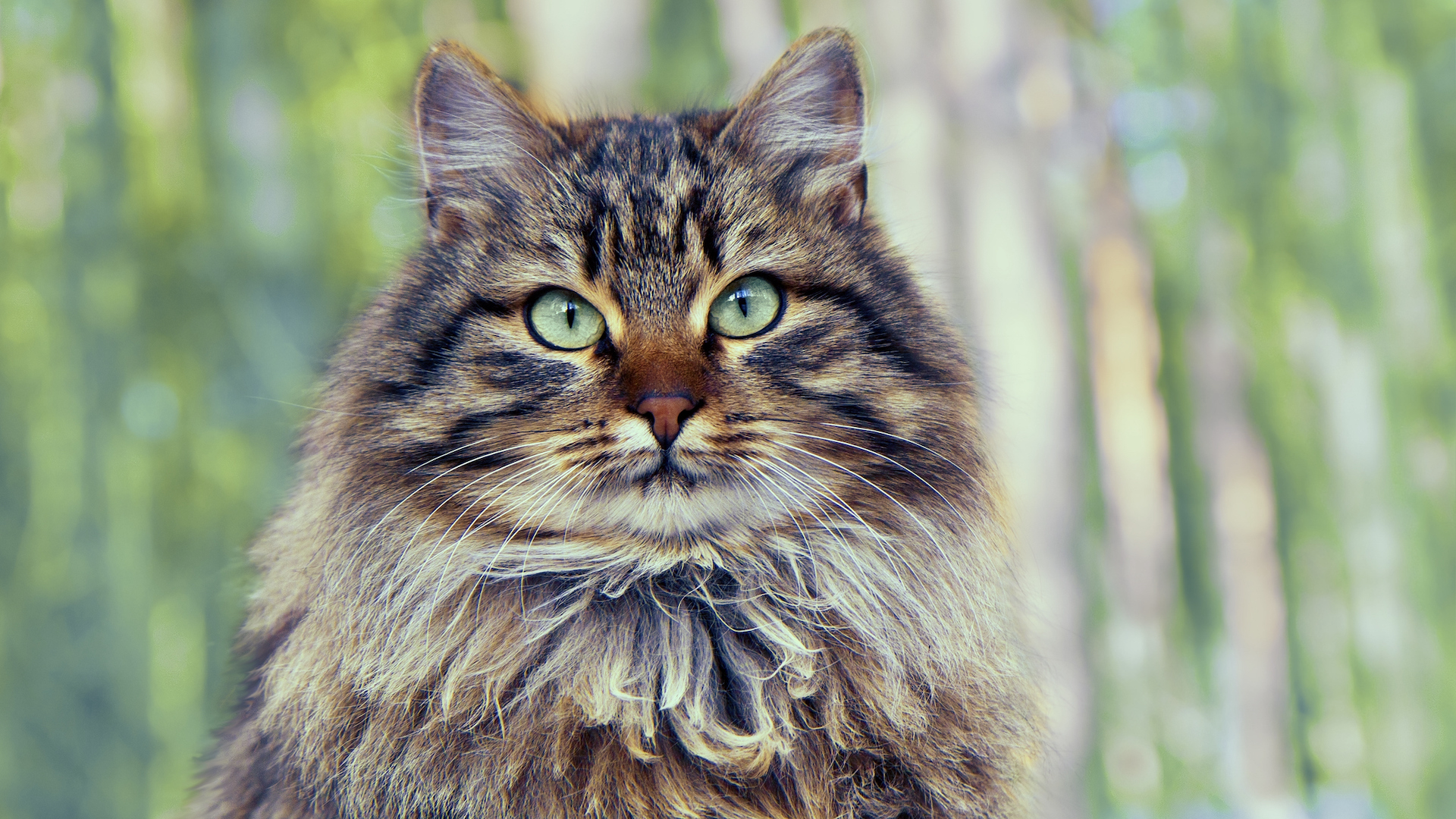
The Siberian Forest Cat is the ultimate survivor, having honed its instincts in the harsh, freezing forests of Russia. Happily, for lovers of this friendly, interactive, and affectionate breed, it has adapted seamlessly to the cozy homes where it now tends to reside, being a marvelous addition to many households.
The Siberian’s most distinctive feature is its dense, semi-long, and abundant coat, whose luxuriant fur not only keeps it warm in winter so it can enjoy playing in the snow but is also fabulously therapeutic to stroke. If you are lucky enough to own one of these beautiful felines, you will definitely need one of the best cat brushes to keep their coat looking its best.
Although it is believed to have developed over a millennium, as an official breed it’s only a few decades old. Despite the first registered Siberian forest cat not laying a paw in the US until the 1990s and officially registered only in 2000, it has soared in popularity since. By 2024, it is already featuring among the top 10 most popular cats in the land.
Let’s check out some fun facts about the spectacular Siberian forest cat.
32 fun facts about Siberian forest cats
1. Water-repellent fur

It may come as a surprise that the soft and super-abundant fur of the Siberian forest cat is water-repellent. You can only imagine how heavy it would get if did get soaked through – although some do actually enjoy swimming! They have water-resistant qualities in their triple-layered coat, to keep them warm during the harsh Siberian winters in which they originated.
Bear in mind that this also means they take longer to wash than other breeds – it’s a job getting the water to penetrate that protective coat.
2. Seasonal shedders
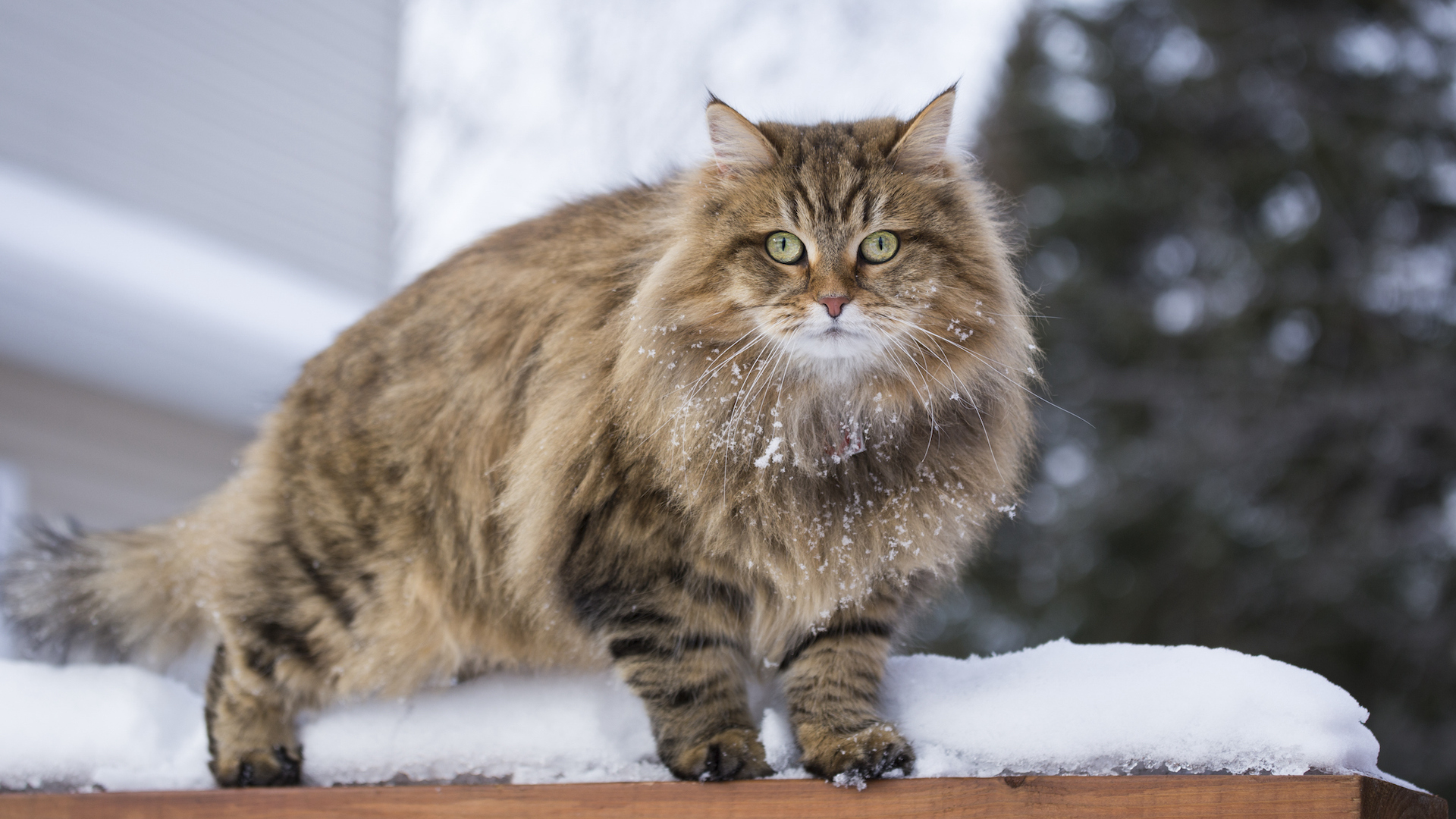
Rather than winter and summer specifically, it’s the daylight hours that make the Siberian’s coat change. As the nights draw in, the coat becomes really thick to protect them – so thick you’ll wonder where your cat went!
PetsRadar Newsletter
Get the best advice, tips and top tech for your beloved Pets
Conversely, when they don’t need so much protective warmth as the days lengthen is the shedding season. They can shed a lot of fur – so much so you might want to collect it and try your hand at needle felting!
3. Long childhoods
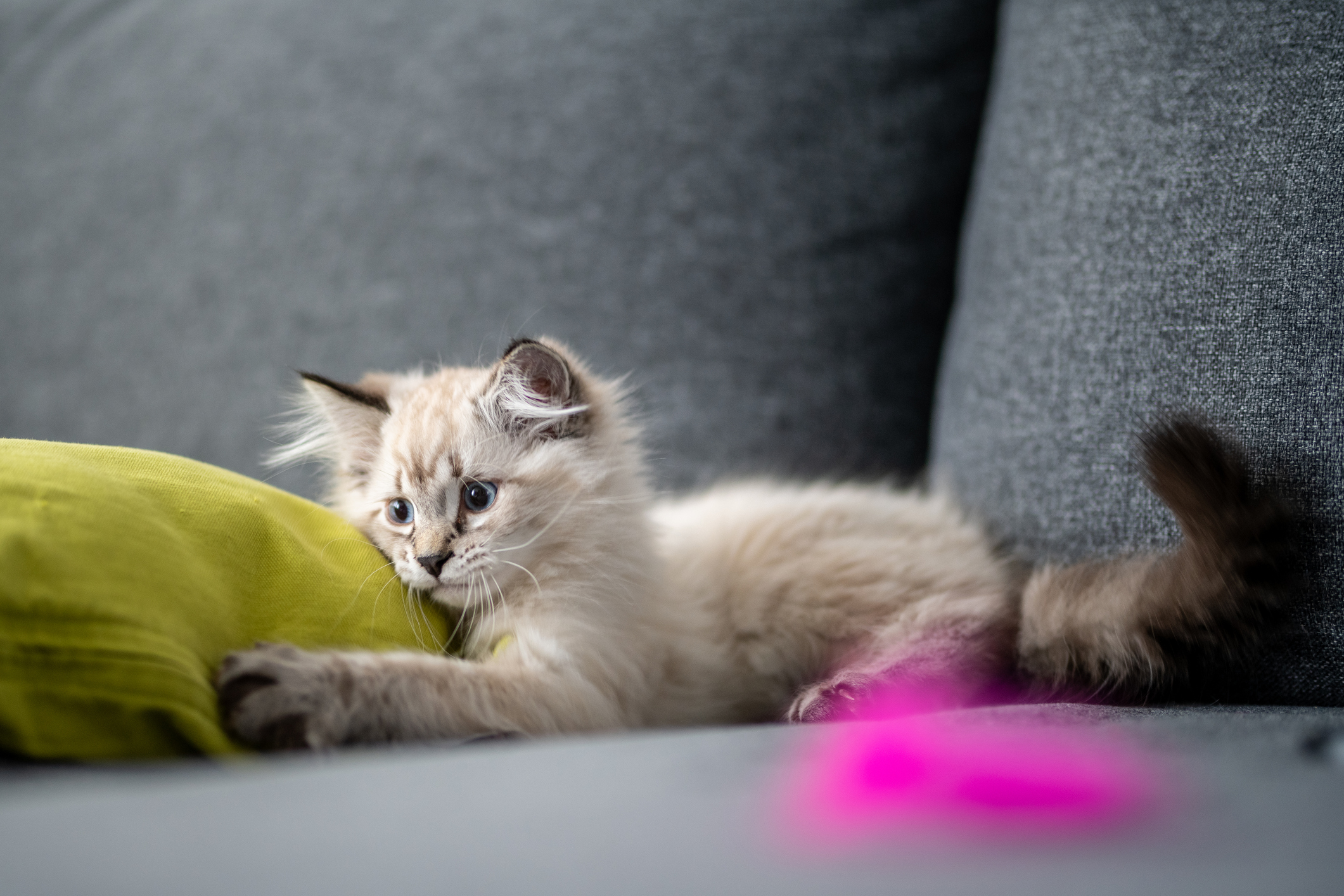
Siberians are naturally playful, active cats, but be prepared for them to maintain their kitten-like character for many years. As a large cat, they can take up to five years to mature fully as adults, both physically and mentally.
They’re forever in touch with their inner child, making them a high energy cat breed that will want to play with you.
4. A Russian first
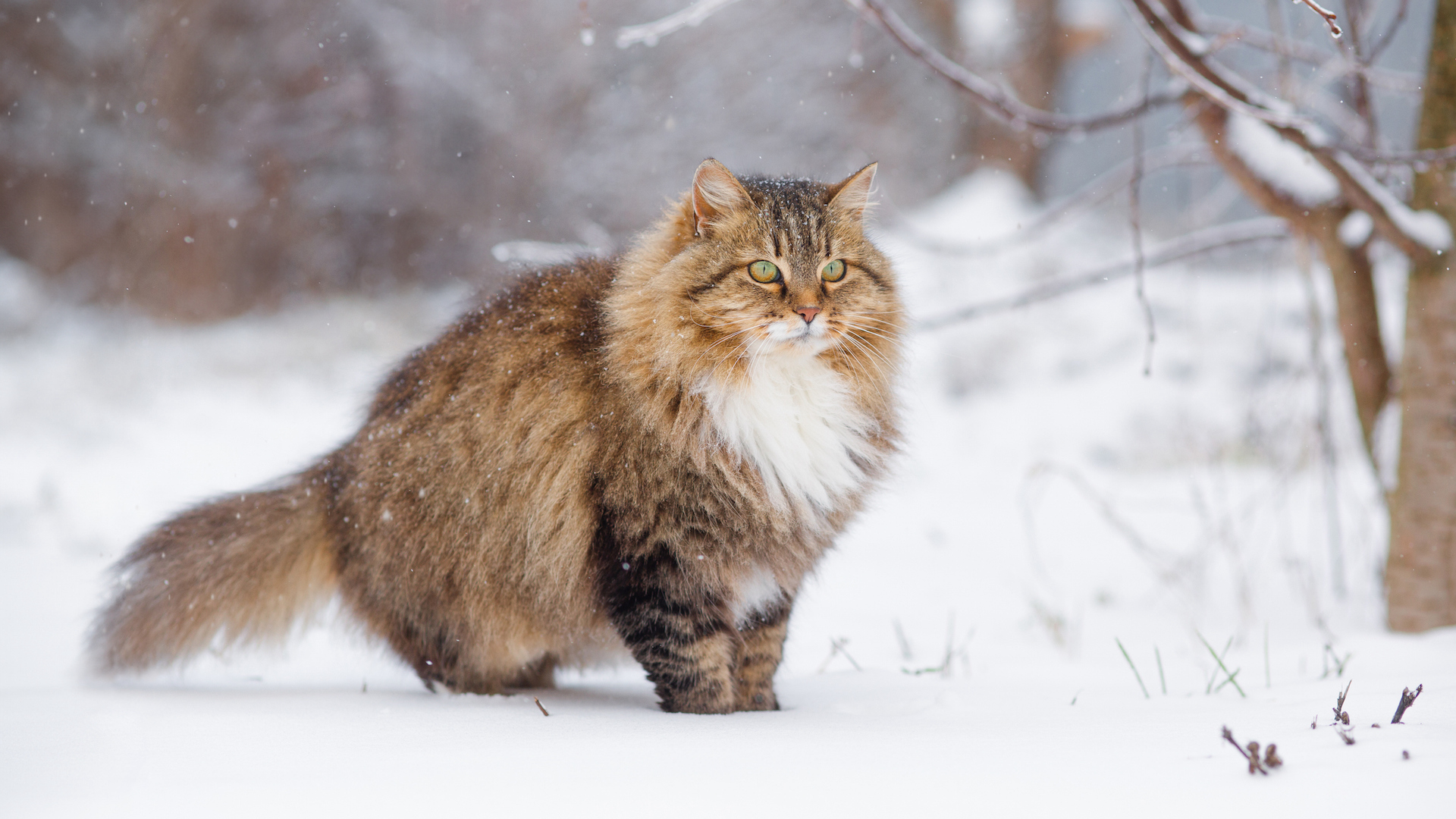
While there are references to Russia’s native forest cats dating back to 1,000 AD, it was not until 1987 that the Russians drew up the first official breed standard. During the Communist era, the concept of pet ownership was dismissed as frivolous, so although the odd Siberian cat was occasionally exhibited in other countries such as the UK and the US, they were a rarity until growing in popularity over the past two or three decades.
As such, it is the first official Russian breed, albeit centuries after it came into existence, and has since become their national cat.
5. St. Petersburg connection
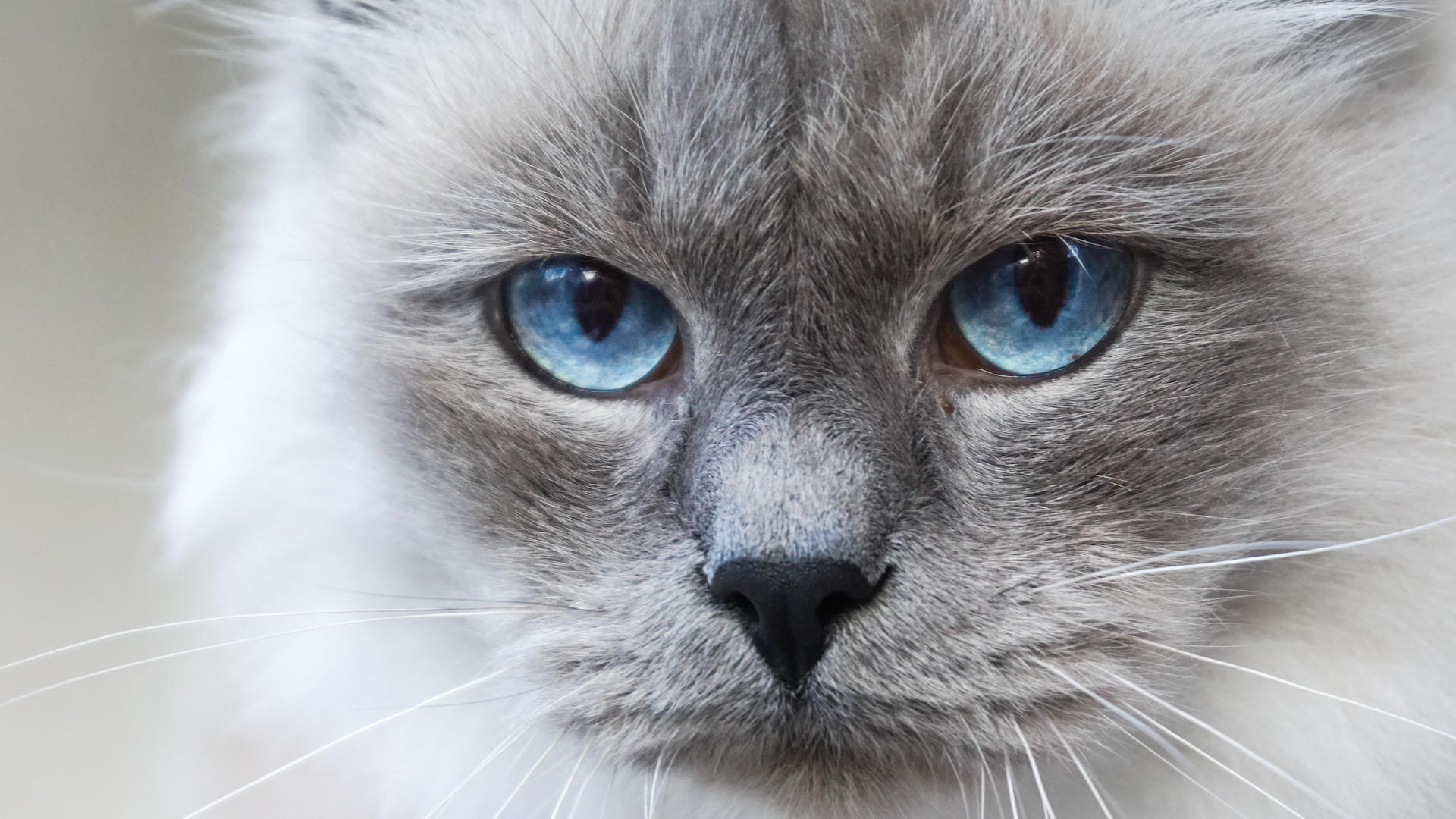
The Siberian forest cat has a colorpoint subspecies called the Neva Masquerade. The Neva is St Petersburg’s main river where these cats were commonplace, while masquerade refers to facial markings that resemble a mask.
Neva Masquerades (NM) used to be bred independently, but as this limited the gene pool they are now included in the Siberian breed as a particular color pattern, although some breeders remain against what they see as cross-breeding. NMs typically have blue eyes, but in temperament and other ways, they are the same as other Siberians.
6. Winter-ready
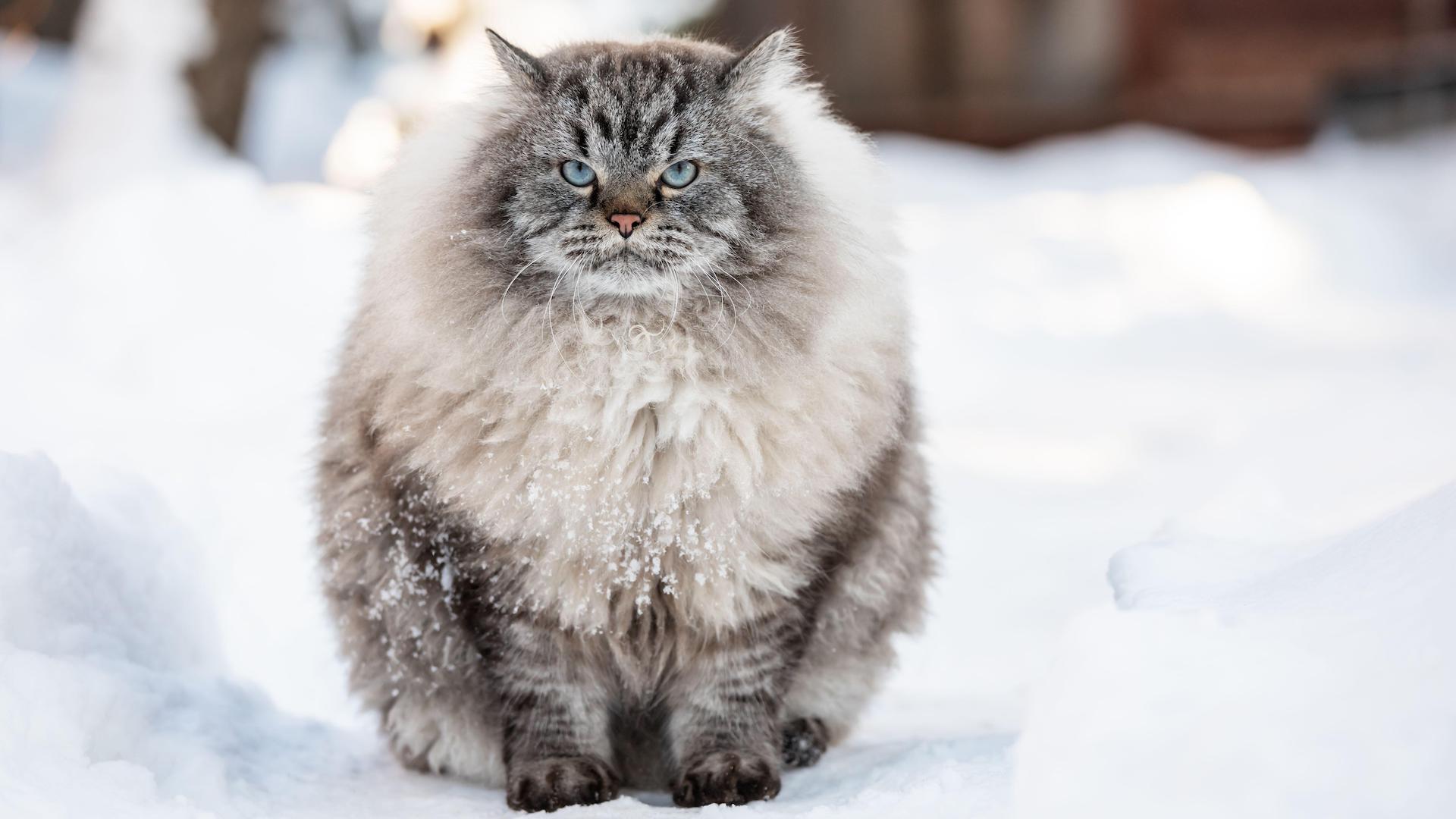
No cat breed is quite as ready for winter as the Siberian forest cat. The clue is in the name – if it can thrive developing as a species in Siberia, then winters in most parts of the world should be a breeze. They can cope with outside temperatures of -10 to -15ºC (14 to 5ºF)!
Their weatherproof coats are dense with a triple layer of fur, besides thick ruffs, bushy tails, fluffy britches, furry paws, and tufted ears for added protection against the elements, making them one of the best cat breeds for cold climates.
7. Feline heavyweights
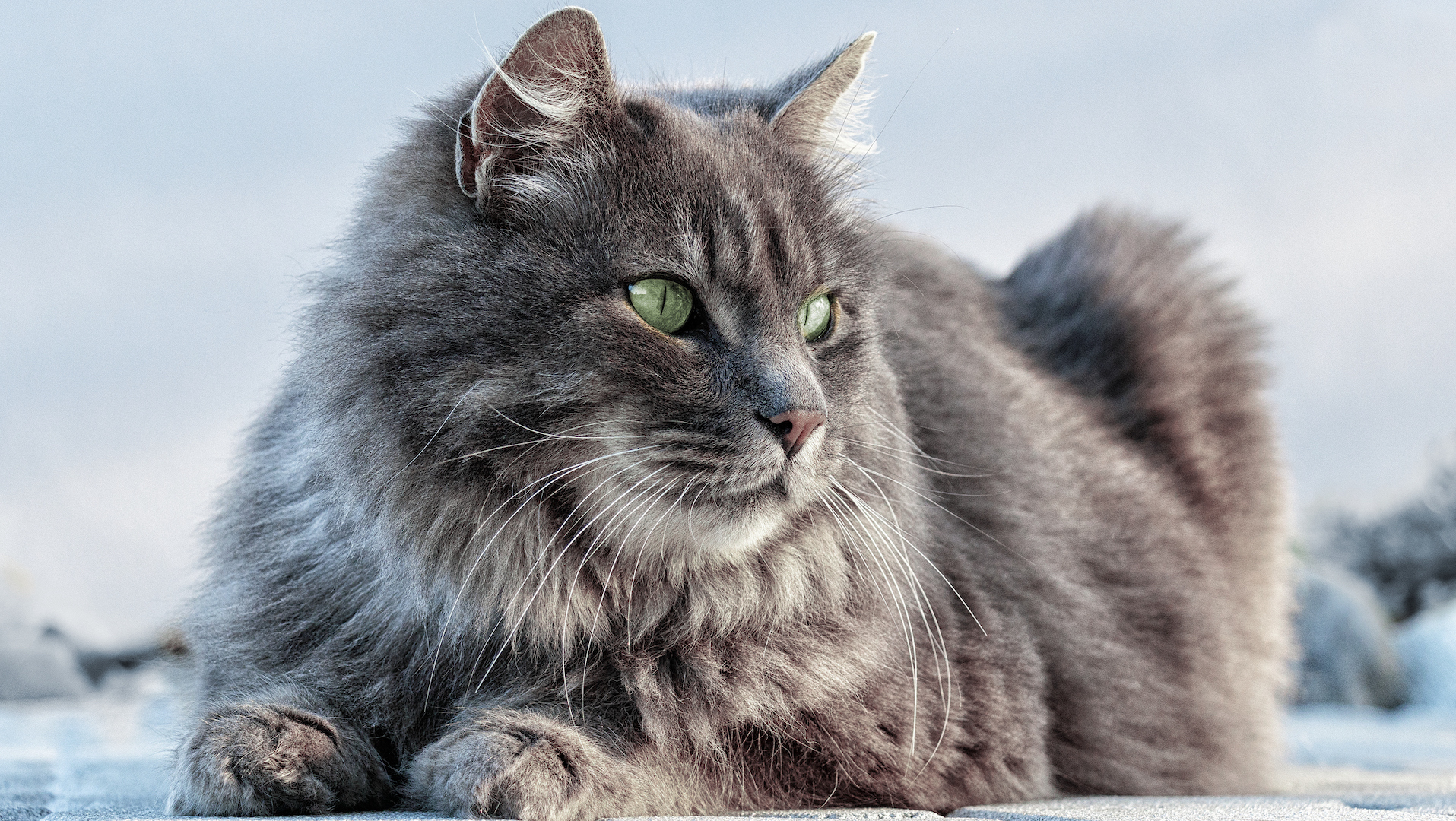
As a medium to large cat, once it reaches its full maturity, this is a very substantial breed, made even more impressive thanks to its luxuriant coat. It gives the impression of substance and strength, due to a barrel-shaped body, paws to make a boxer proud, and a broad head and chest.
They can be up to 25in long and weigh up to 22lb, with tomcats being larger than females. It is well worth reading up on tips for taking care of a large-breed cat, as they may have unique nutrition and care requirements.
8. Stranger danger
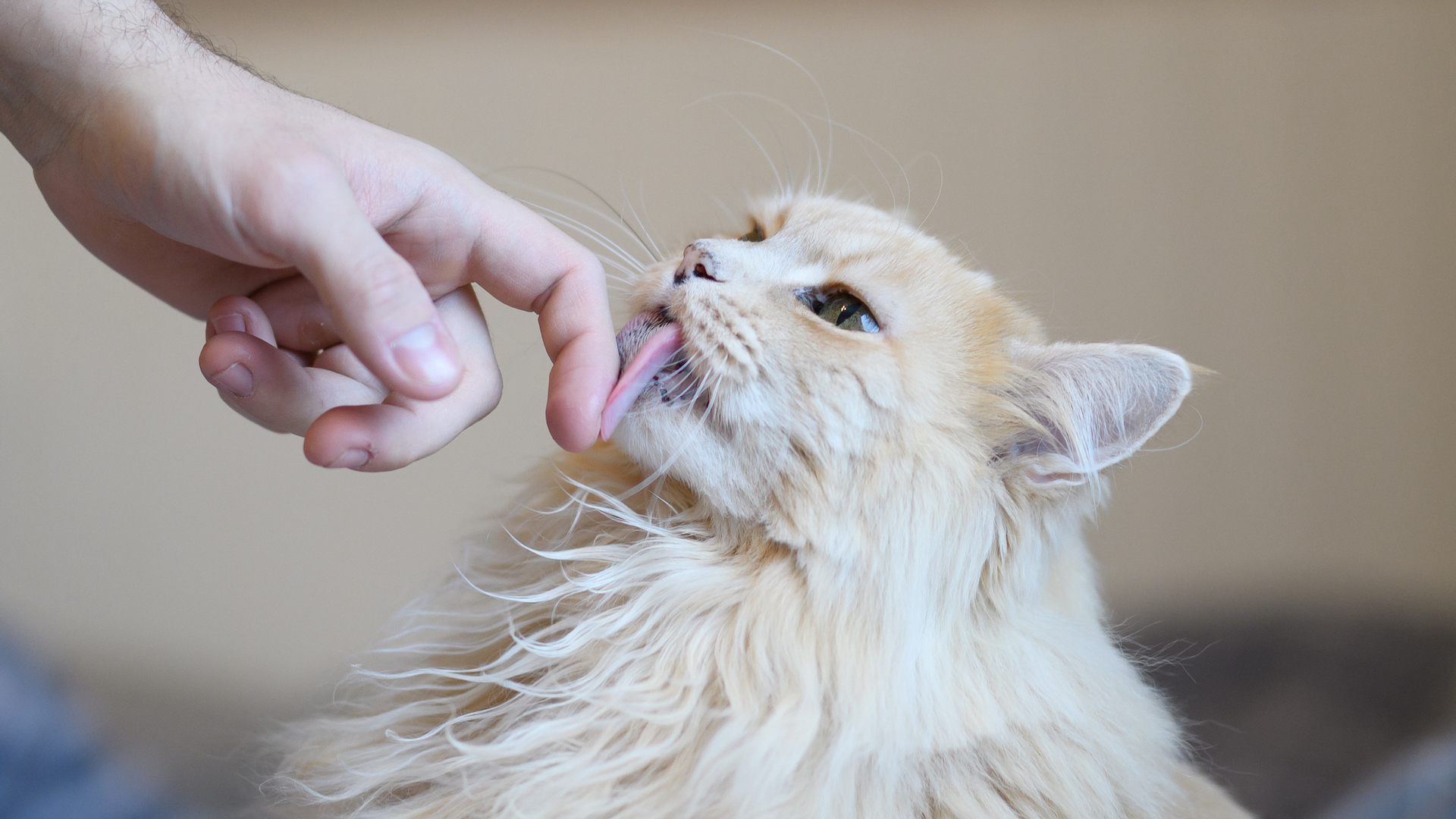
Siberians form strong bonds with their families, however they are not typically welcoming towards strangers and will rarely let an unknown person pet them. They will take their time to get used to them, before curiosity takes over as is a cat’s wont.
The more socialized your Siberian is, the friendlier they will be, but don’t expect them to greet newcomers with open paws.
9. Hunter instincts
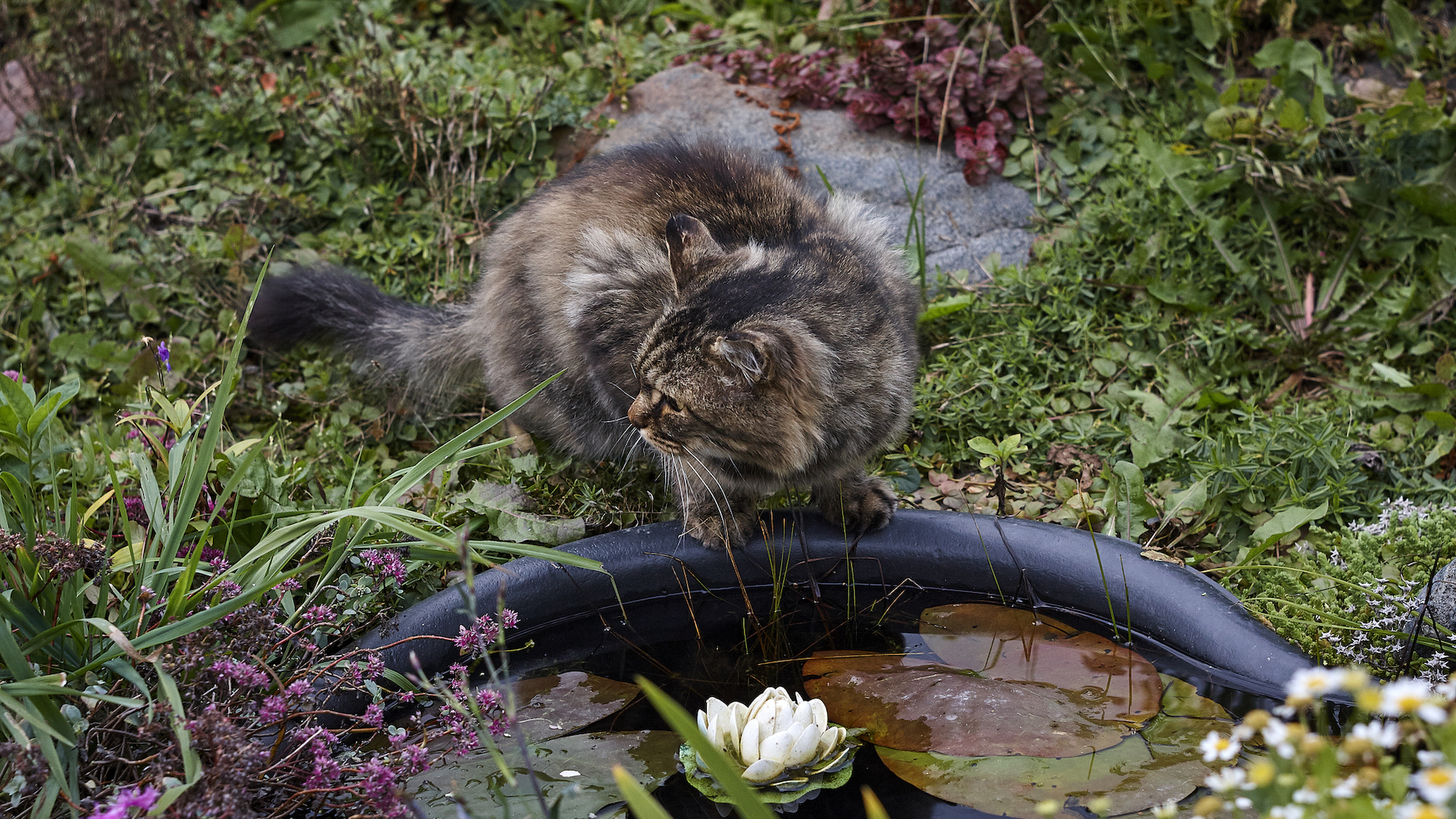
This breed developed, as its names suggests, in the forests of Siberia. They are well adapted to surviving out in the freezing cold wild. However, nowadays they are usually kept inside to diminish the threats of the outside world.
But if you let the cats go outdoors, don’t be surprised if they bring you the odd (probably unwanted) gift, since they are brilliant natural hunters. They can even catch small fish!
10. Siberian smarties
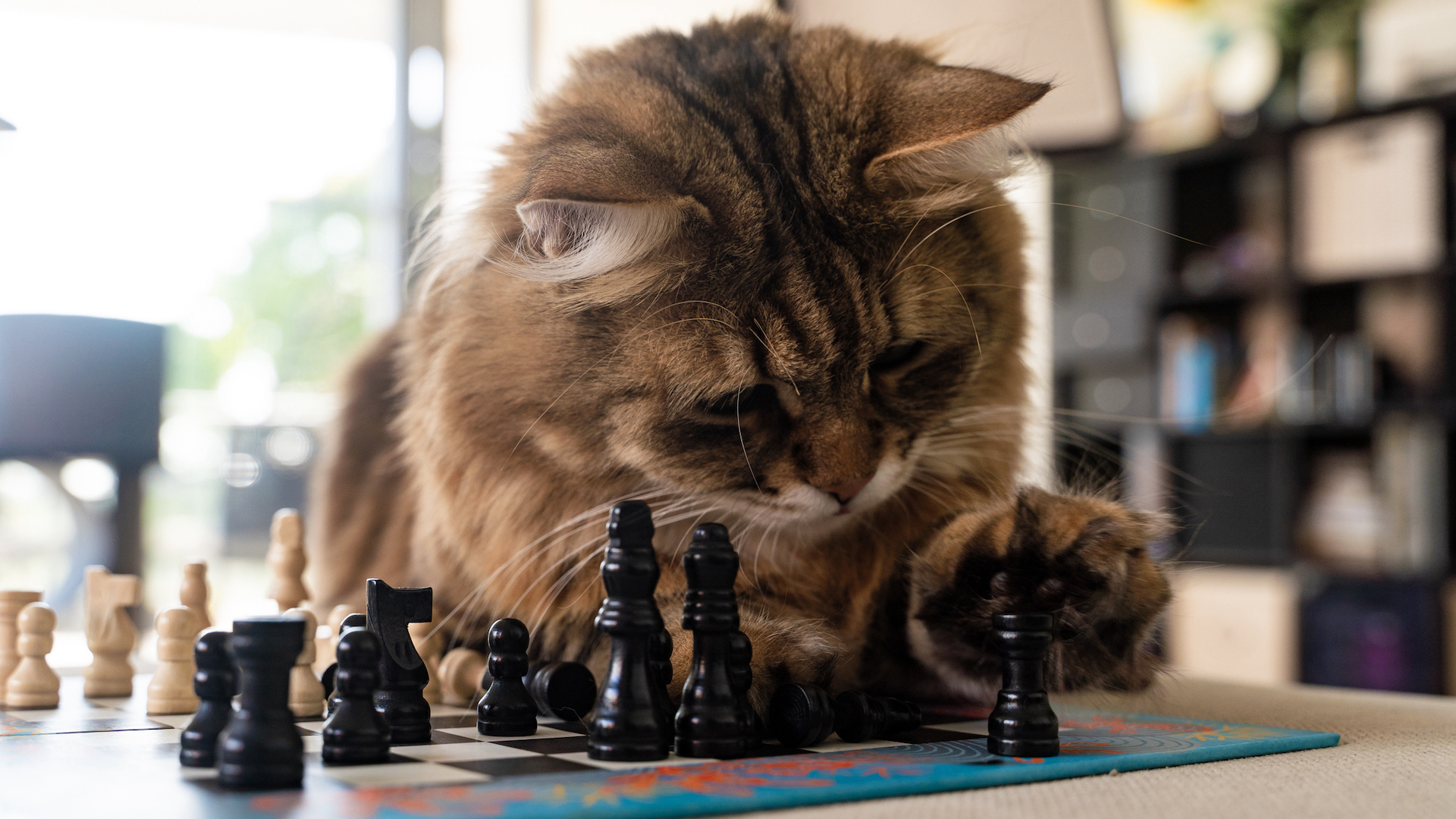
This is a highly intelligent breed. Their upbringing over centuries in the harsh environment of Siberia means they have honed their survival instincts and developed an ability to plan and prioritize – on a feline scale, of course.
This means that in a domesticated situation where there are few threats to survival, they can tune their brains into learning what humans want from them, including learning a few commands, how to open and shut doors or operate light switches and faucets (they love water!).
So if you're looking for one of the easiest cat breeds to train, this is the breed for you.
11. Also known as
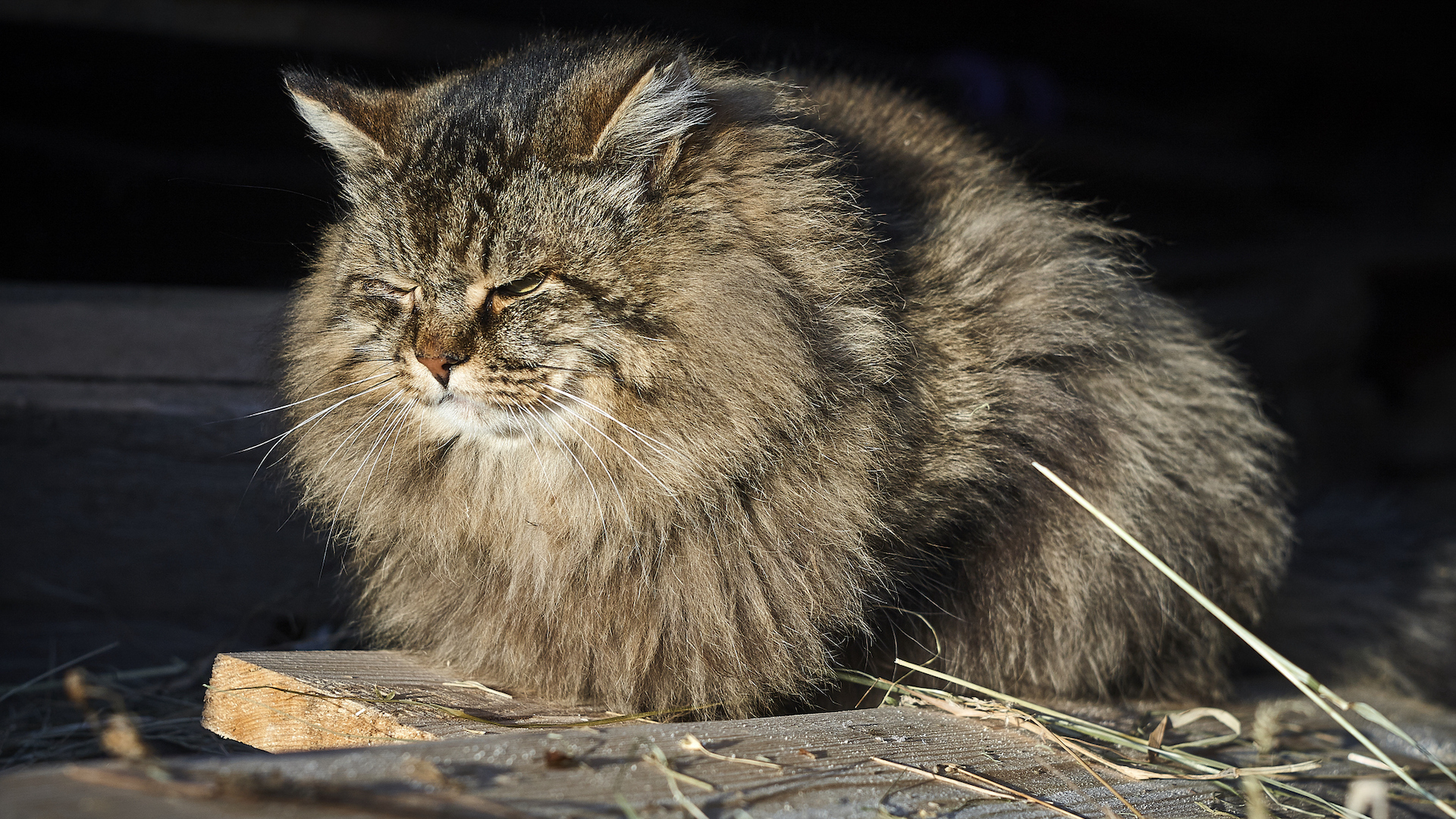
Officially the Siberian forest cat, they are also called the Siberian, the Moscow semi-longhair, and the Russian longhair.
12. Long-lived
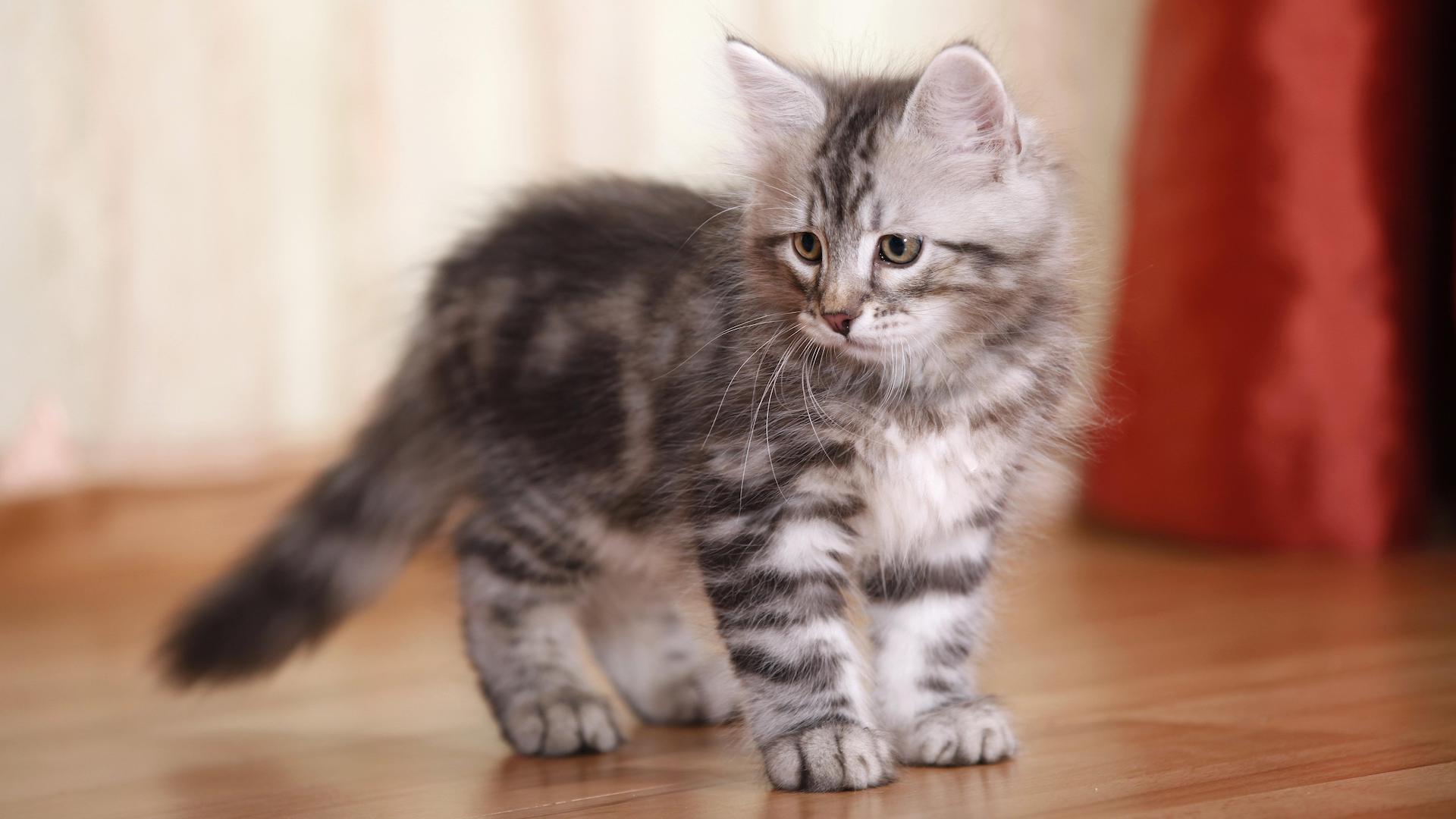
The Siberian forest cat is not especially prone to hereditary diseases, being a generally healthy feline. Developing in the harsh climate of Siberia has given them a certain resilience!
Their expected lifespan is around 12 to 15 years, but with a bit of luck and good health, it’s not uncommon for this breed to live around 18 years old, and some even make it to 20.
13. Tufted ears
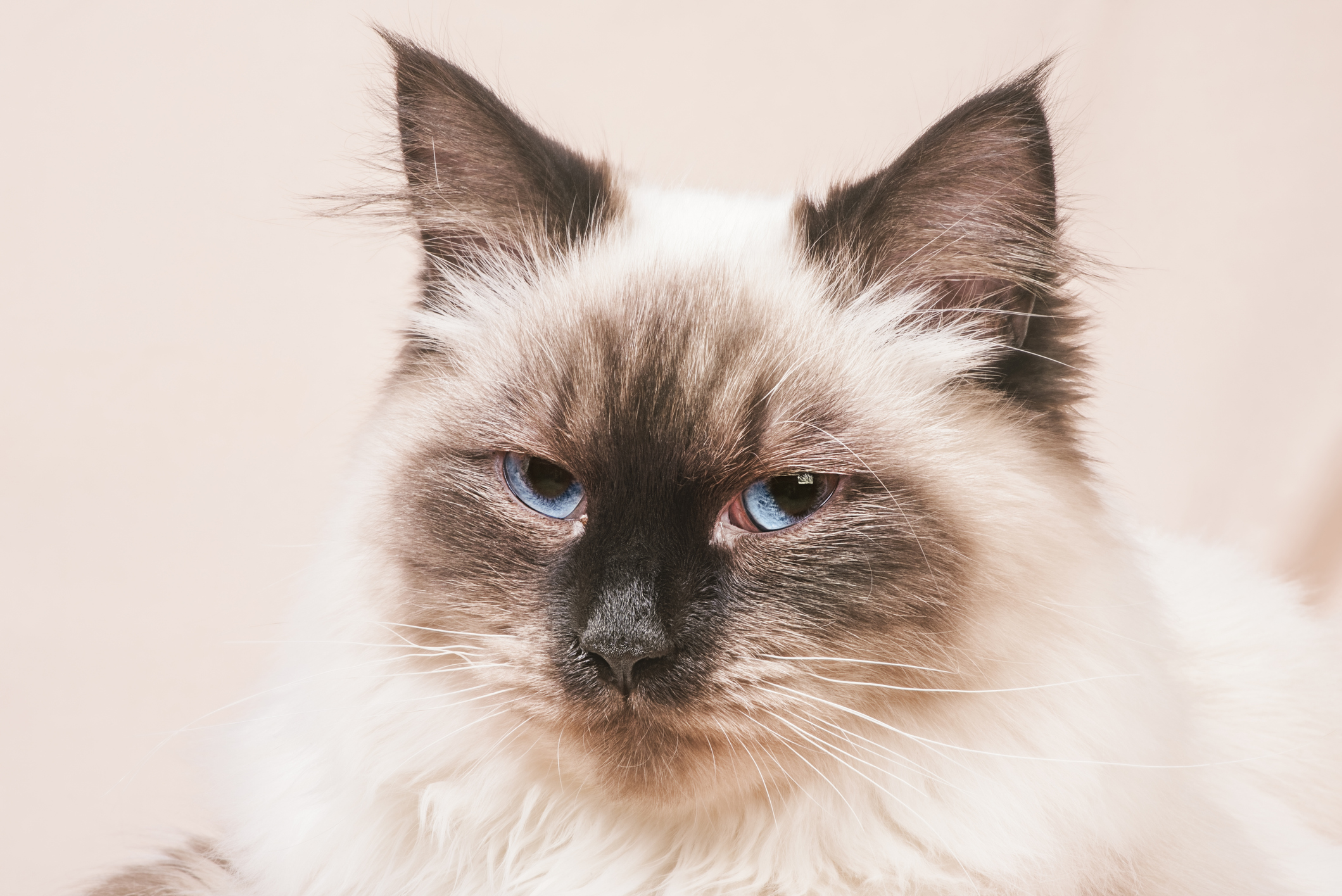
Siberian cats actually have rounded ears, but they often give the impression of being pointed thanks to the presence of “lynx tips”, which are longer hairs at the tip of the ear.
Some people believe these are to prevent dirt and debris from entering the ear canal, while others say they act as antennae to help them pick up distant sounds.
14. From Russia with love
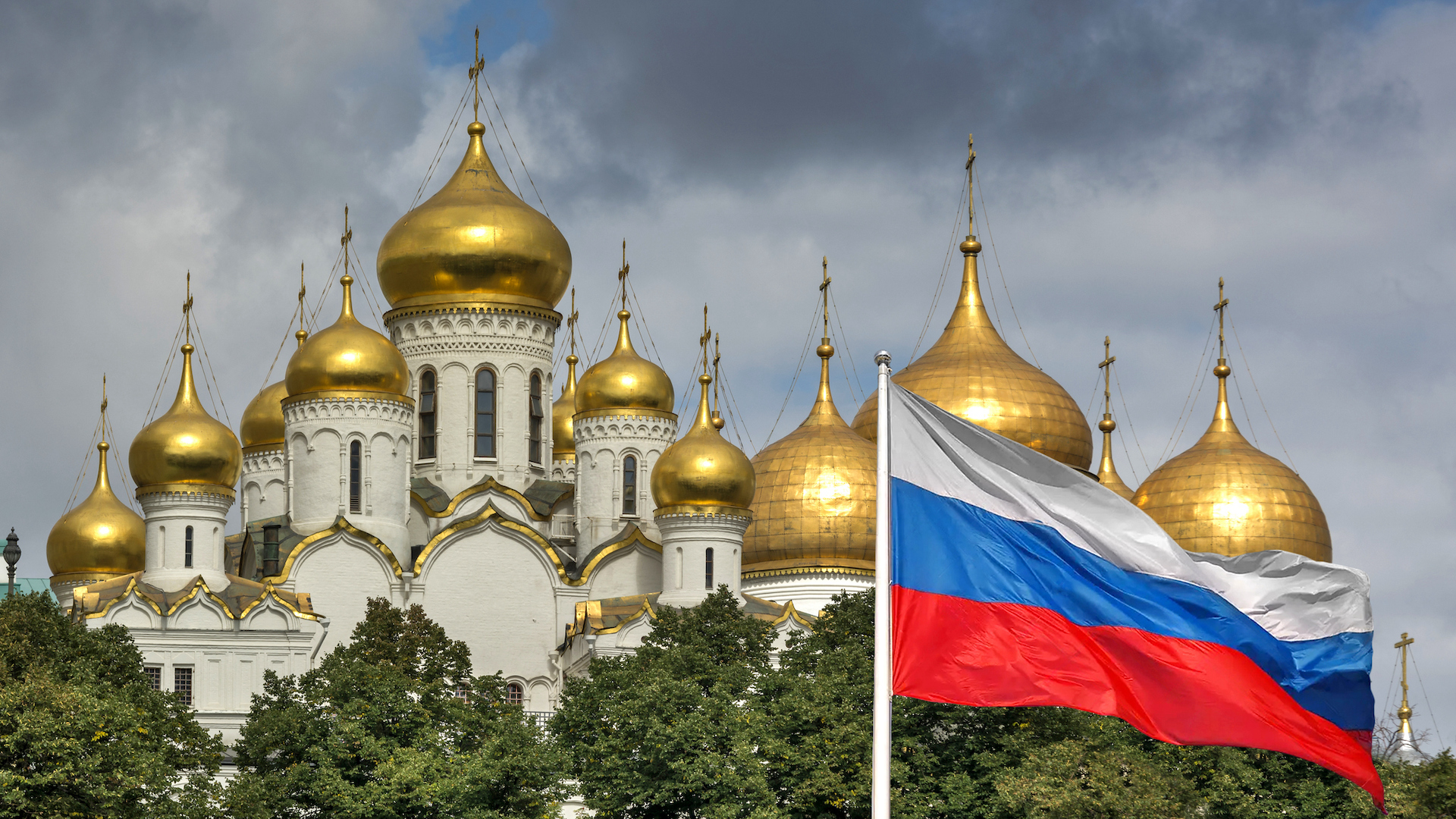
Russia is rightly proud of the Siberian forest cat, which is not only their national treasure but also their official national cat. Since it was made an official breed in the late 80s, it has been exported all over the world and accelerated in popularity.
Aside from the Communist phase after the Cold War, when pet ownership was frozen out, the Siberian forest cat has been a mainstay of Russian fairy tales and children’s books, as well as an asset to many homes.
15. Hydrophiles
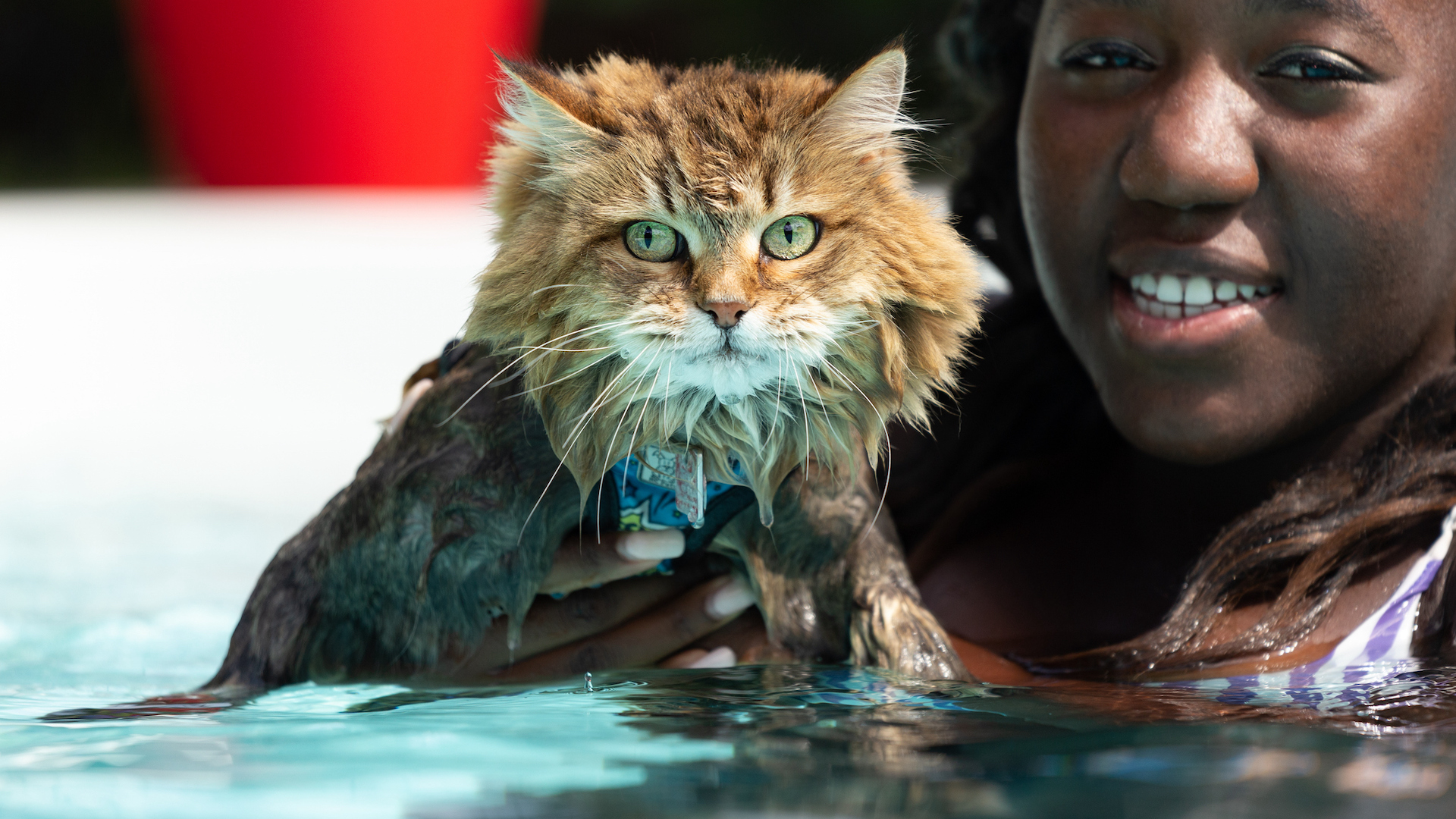
Many Siberians love water – possibly because their water-repellent coat means it takes quite a lot of H2O to get them really wet. They typically love to play with the faucets and don’t be surprised if they follow you into the shower or sit on the edge of your bathtub for a chat at the end of a long day.
16. Highly athletic
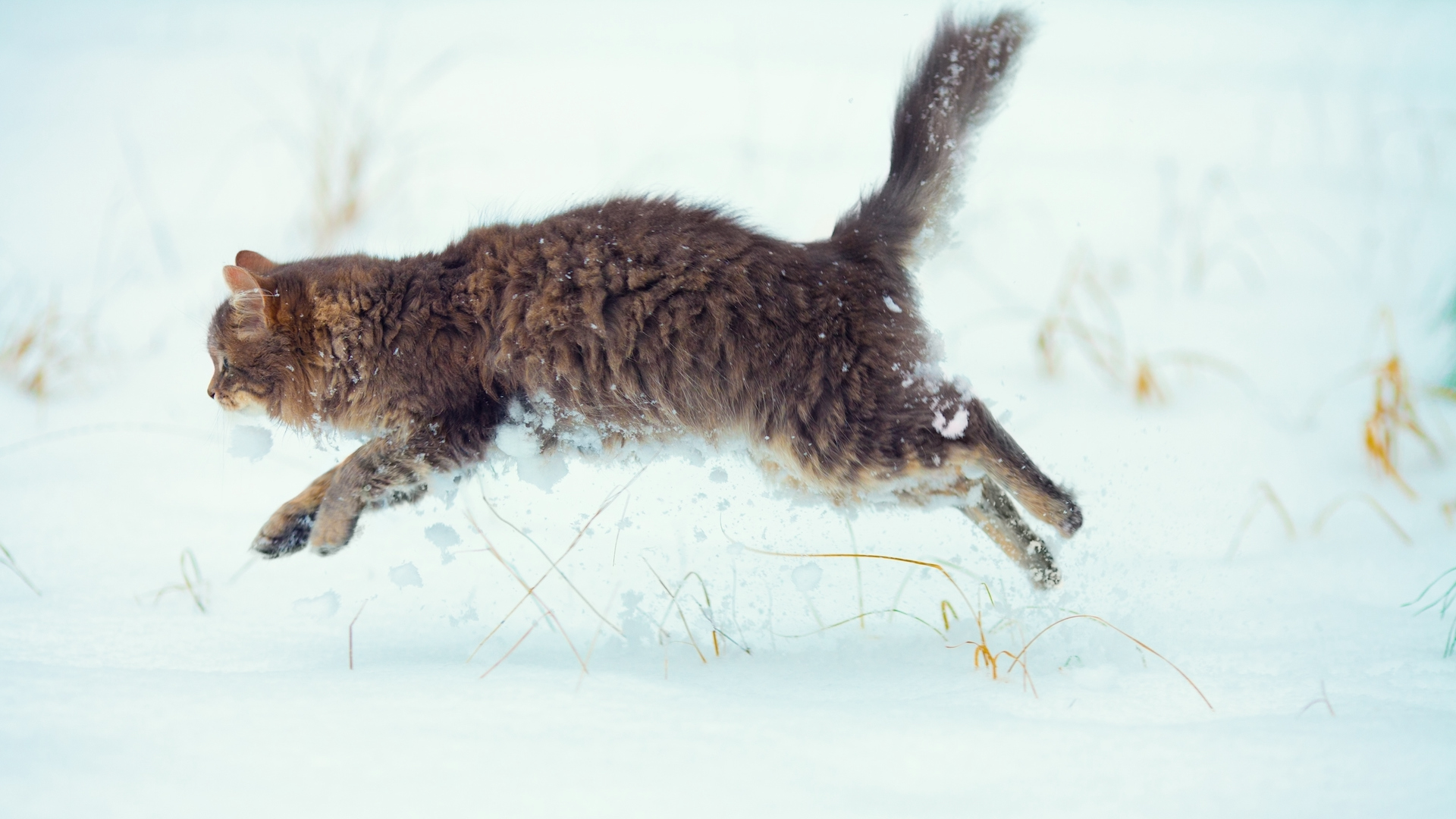
Siberian forest cats may look substantial, and they are a hefty build, but a lot of the weightiness is fluff. Beneath the fur lies a supreme feline athlete. They are natural jumpers and climbers, as befits a cat with ancestors who grew up in forests. They will love having some of the best cat trees in their home.
One particular physical attribute that gives them great power is their hindlegs, which are built like levers to propel them long distances (both up and forwards), being longer than their forelegs.
17. Attention-lovers not seekers
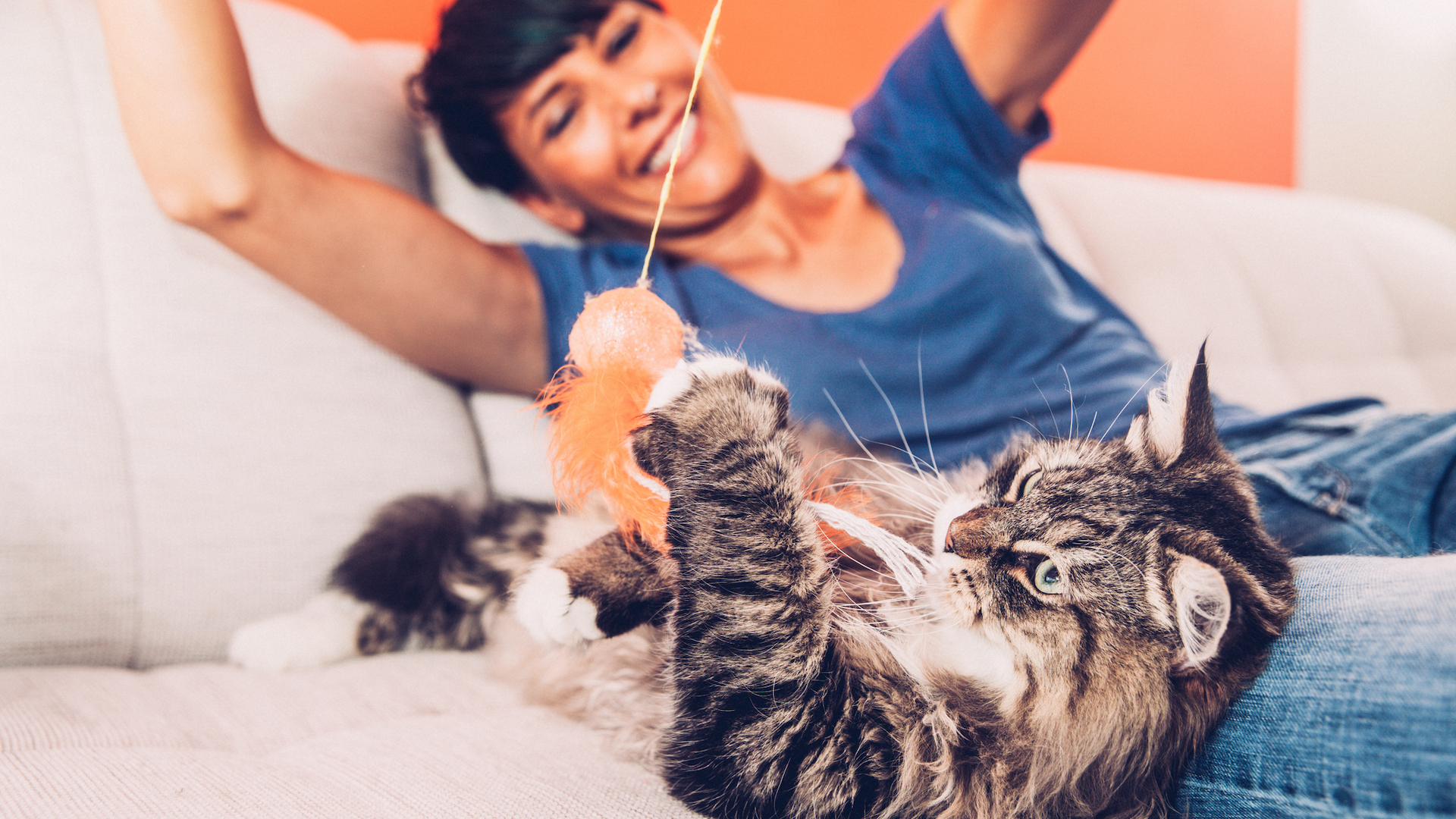
Siberians tend to be devoted to their human family, but not clingy. They’ll follow you around but equally will wait patiently for cuddles. They are loyal and affectionate to their inner circle but have enough self-confidence not to be demanding.
They thrive on company and community by nature, but they maintain that independent streak that helped the breed flourish in the harsh Siberian environment.
18. Therapy cats
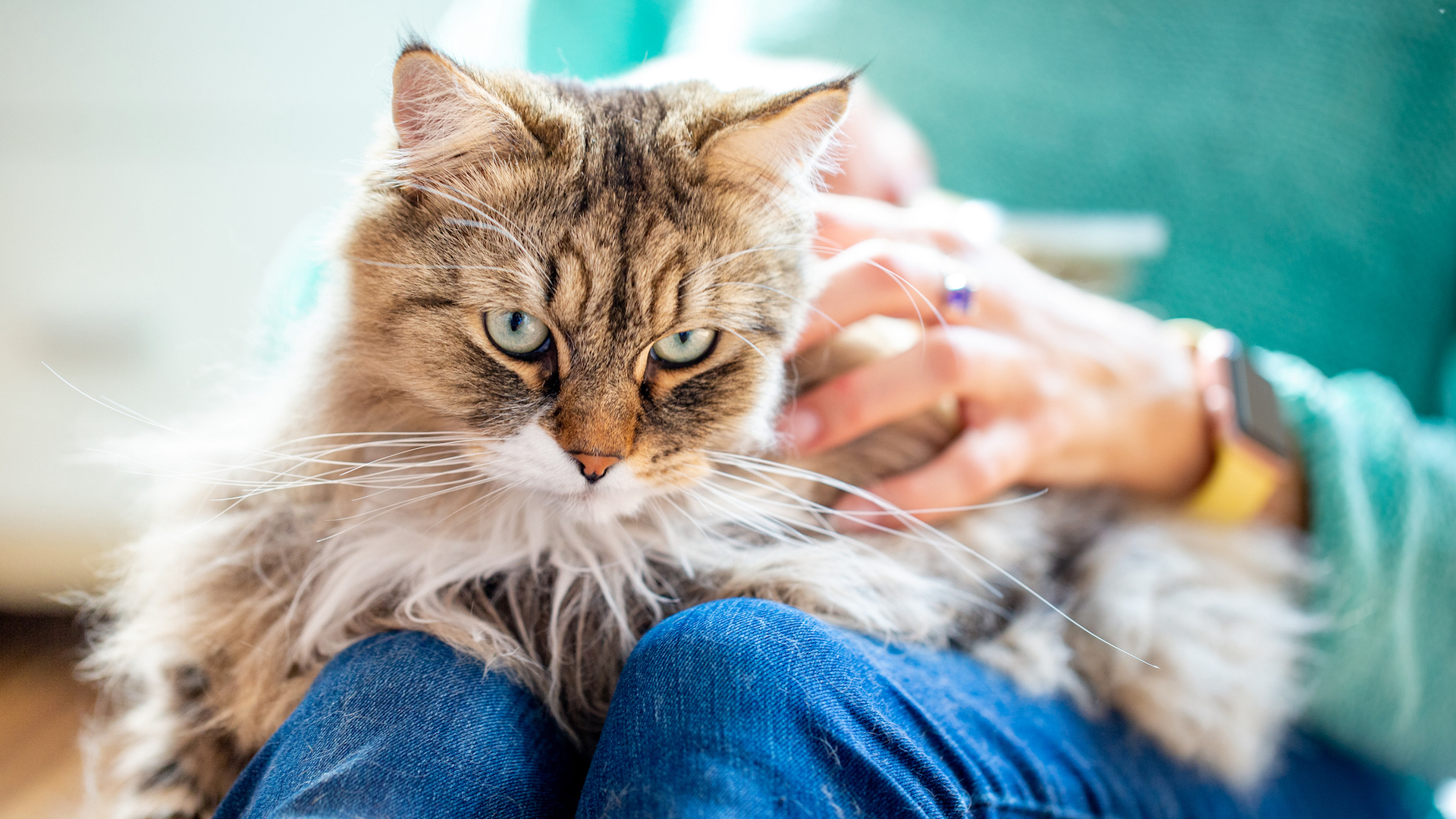
Despite being an athletic and active breed, Siberians make wonderful therapy cats. Their purring has a comforting depth to it and the way they communicate in gentle chirps is particularly rewarding.
This is a breed that seems to know when they’re needed for moral or psychological support. Added to this, that triple coat is hugely therapeutic to stroke and emanates its calming vibes, just one of the ways having a pet can lower your stress levels.
19. Cold roots, warm heart
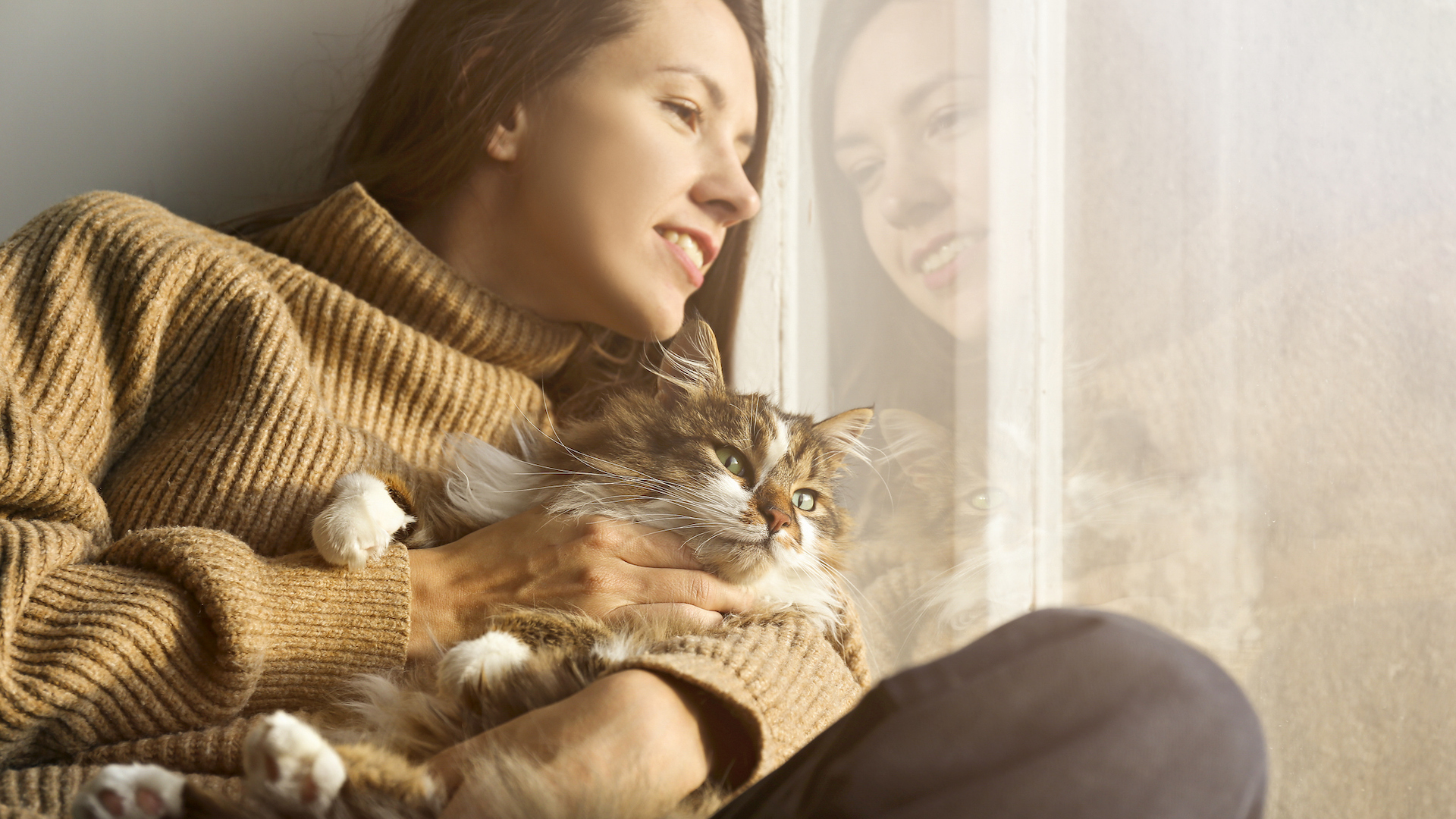
Despite being bred to survive in temperatures well below 0ºC (32ºF), the Siberian emanates warmth and friendliness from its core. They are known for their friendly, affectionate, and loyal personalities, and are wonderful companions whether to kids, grown-ups, or even other pets.
20. Ruffs and britches
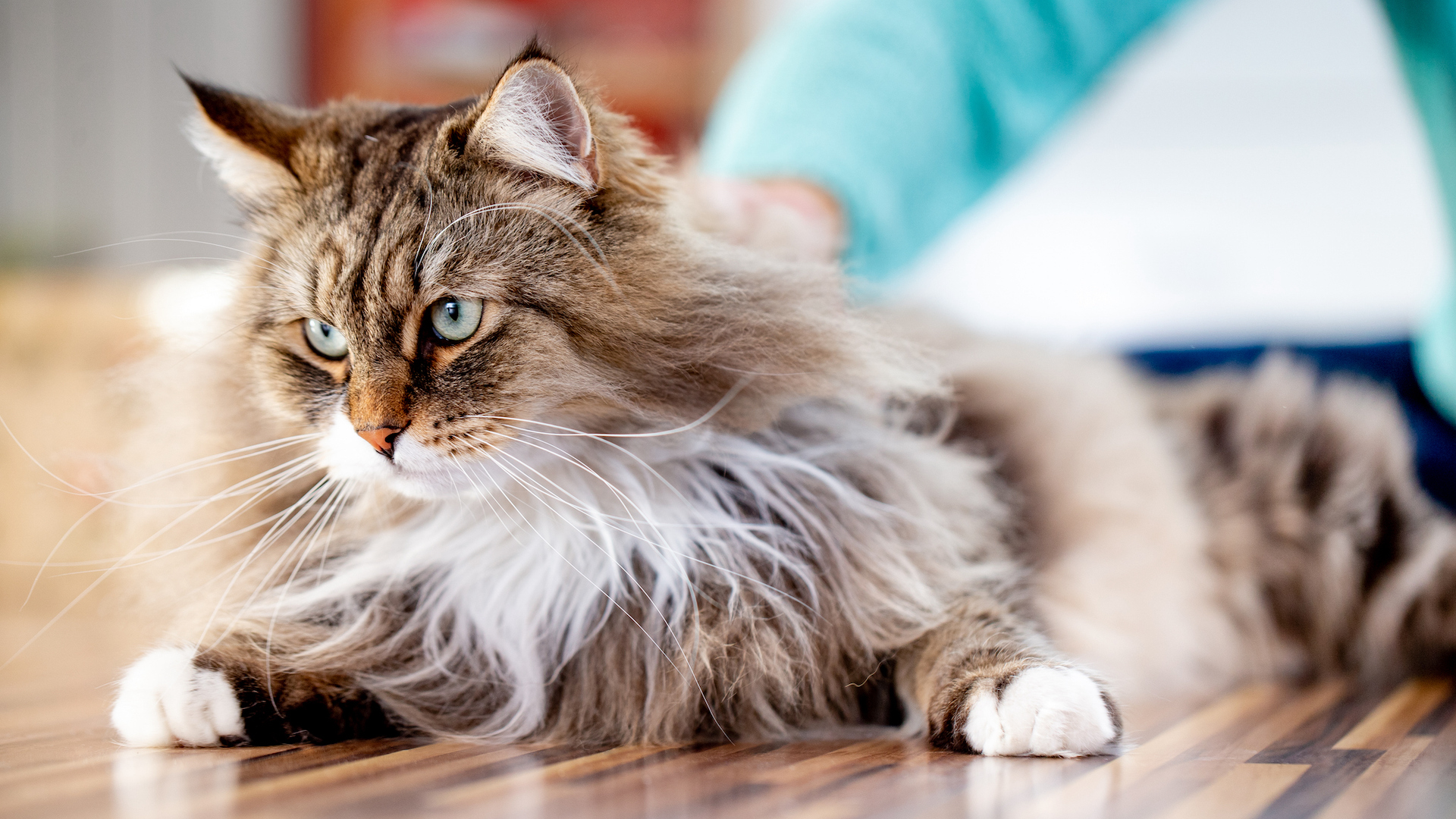
You have to admire a cat that has an exquisite ruff and fluffy britches. These can take time to develop as the Siberian takes years to reach physical maturity, but their full winter clothing is a truly magnificent sight to behold.
21. A dog-person’s cat
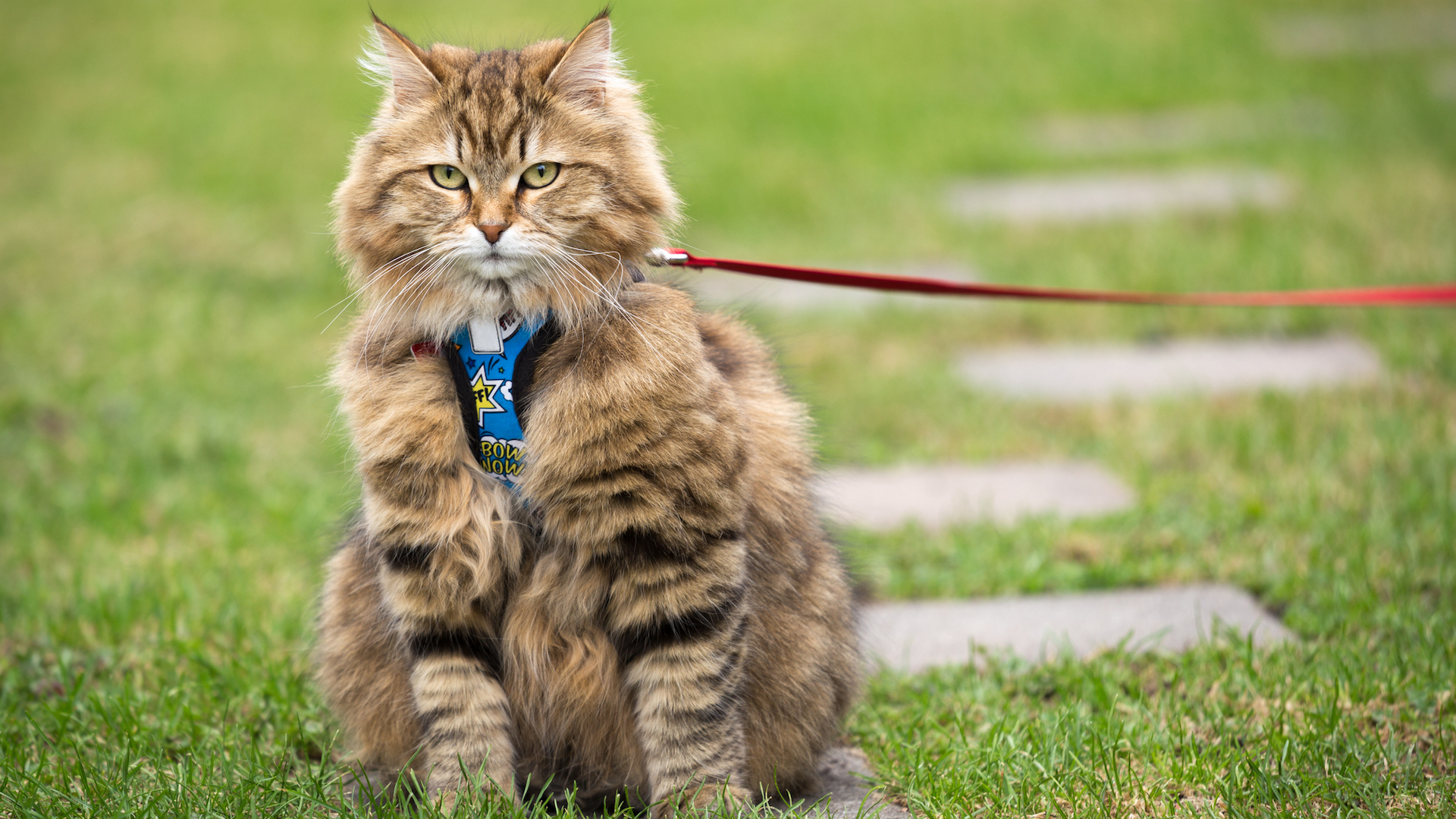
Don't tell them that! But Siberians willingly play fetch, can be taught to walk on a leash, come when called, and tend to greet their family at the door.
22. Triple coats
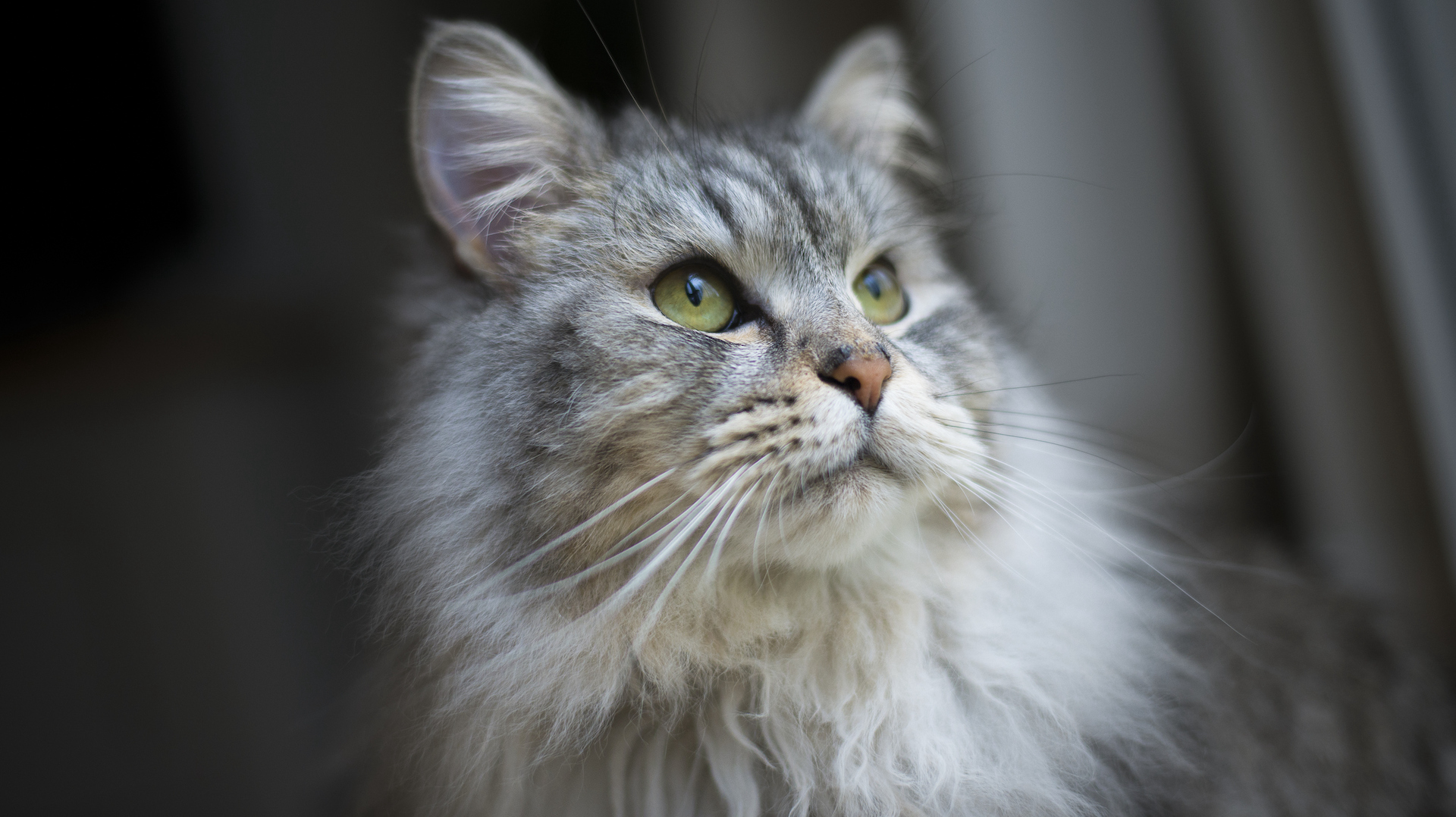
The triple coat is one of the Siberian’s most remarkable attributes. It consists of a dense, soft undercoat, and a middle coat with slightly longer “awn” hair which helps with insulation and to protect the downy undercoat. And then there is an even longer topcoat of guard hairs which gives the cat its water-repellent qualities.
23. Myriad colors
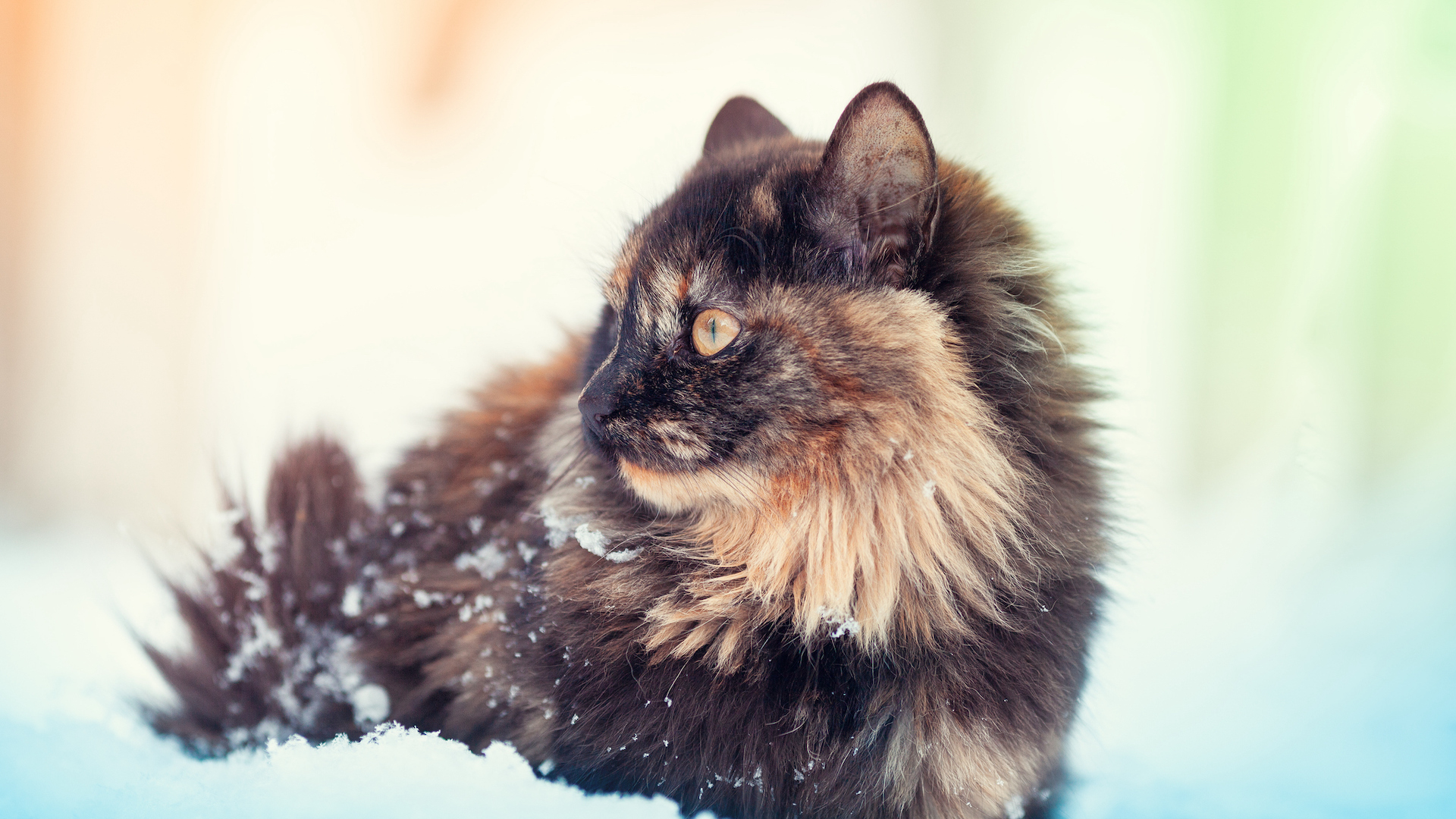
The Siberian comes in dozens of possible color variations, 124 in total. From the basic colors of brown, black, red, and white, there are colorpointed versions, solid, tabby, and tortie patterns, and a silver gene that gives rise to smoke and shaded cats.
The colors chocolate, lilac, cinnamon, caramel, apricot, and fawn are not allowed; nor are sepia and mink patterns.
Add to this kaleidoscope the variety in eye color, which ranges from copper to green, with blue permitted only in colorpointed varieties.
24. A penchant for monogamy
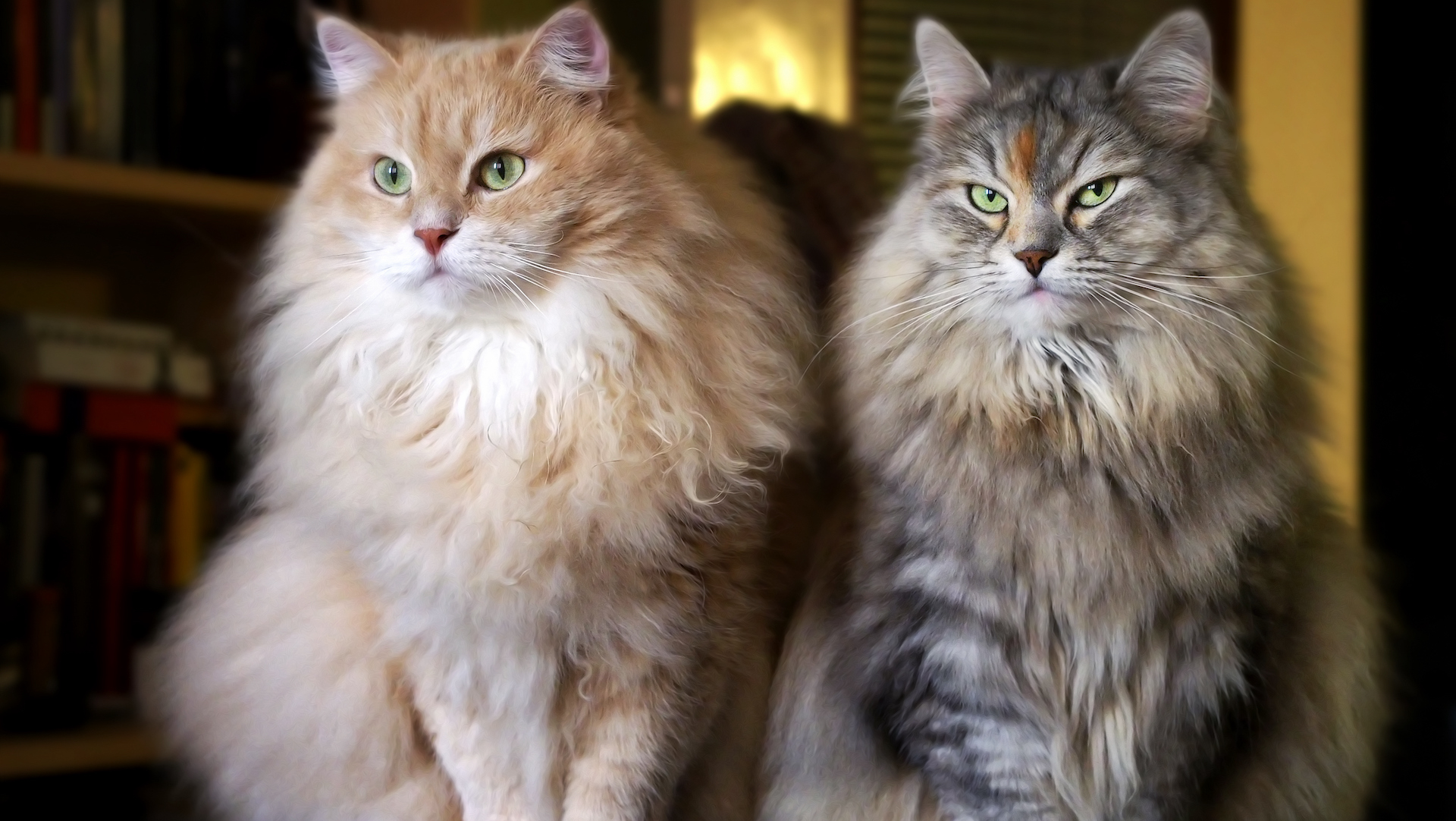
Siberian cats make very good parents, with even the males playing their part in nurturing the feline family if they are around. The breeding pairs often bond strongly, with many Siberians preferring to mate with just one lifelong partner.
25. A millennium old
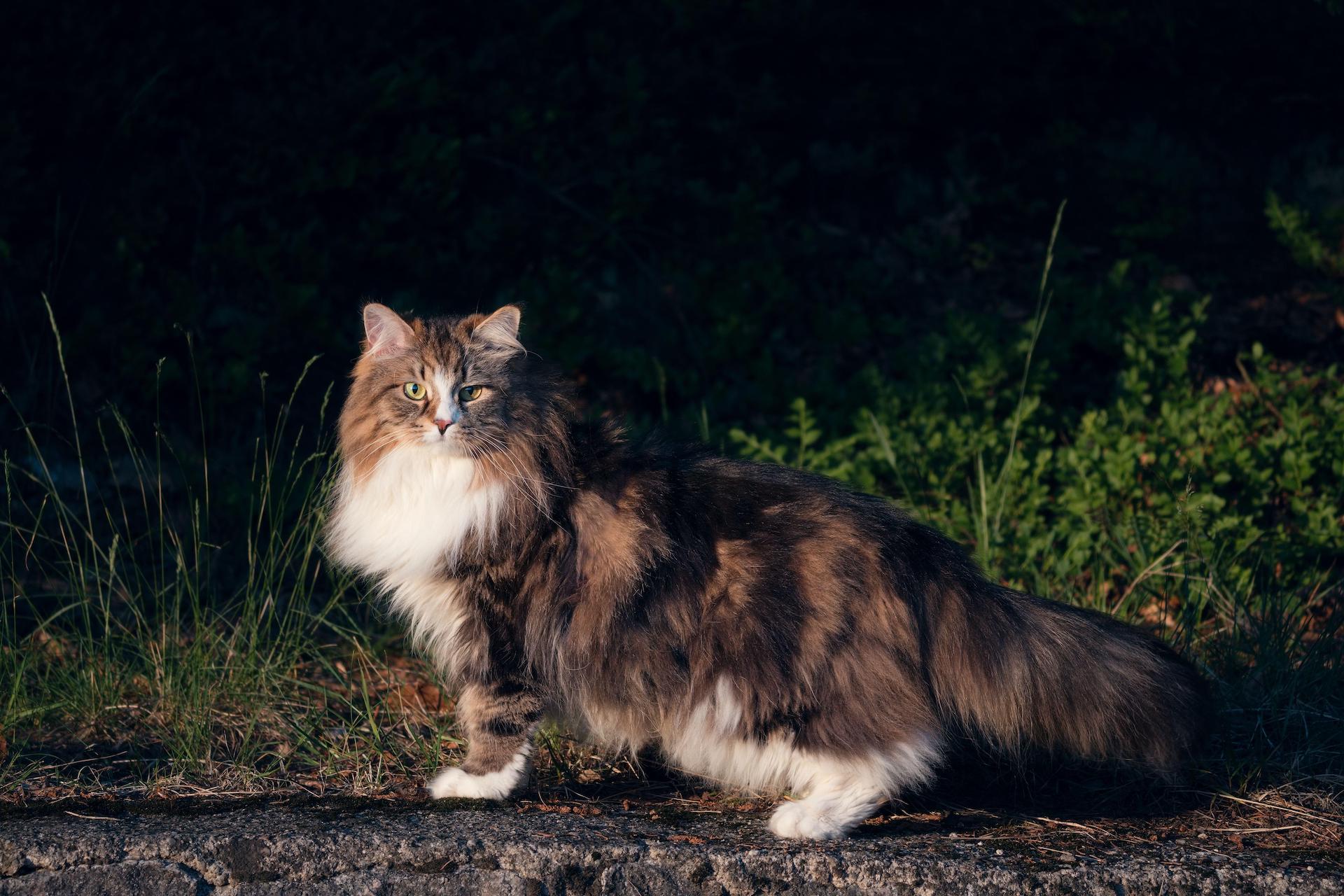
Only recognized as an official breed in Russia in the 1980s, Siberian forest cats have been part of Russian folklore for centuries and are believed to have developed in Asia over a thousand years, with references going back to 1,000 AD.
26. A walk on the wild side
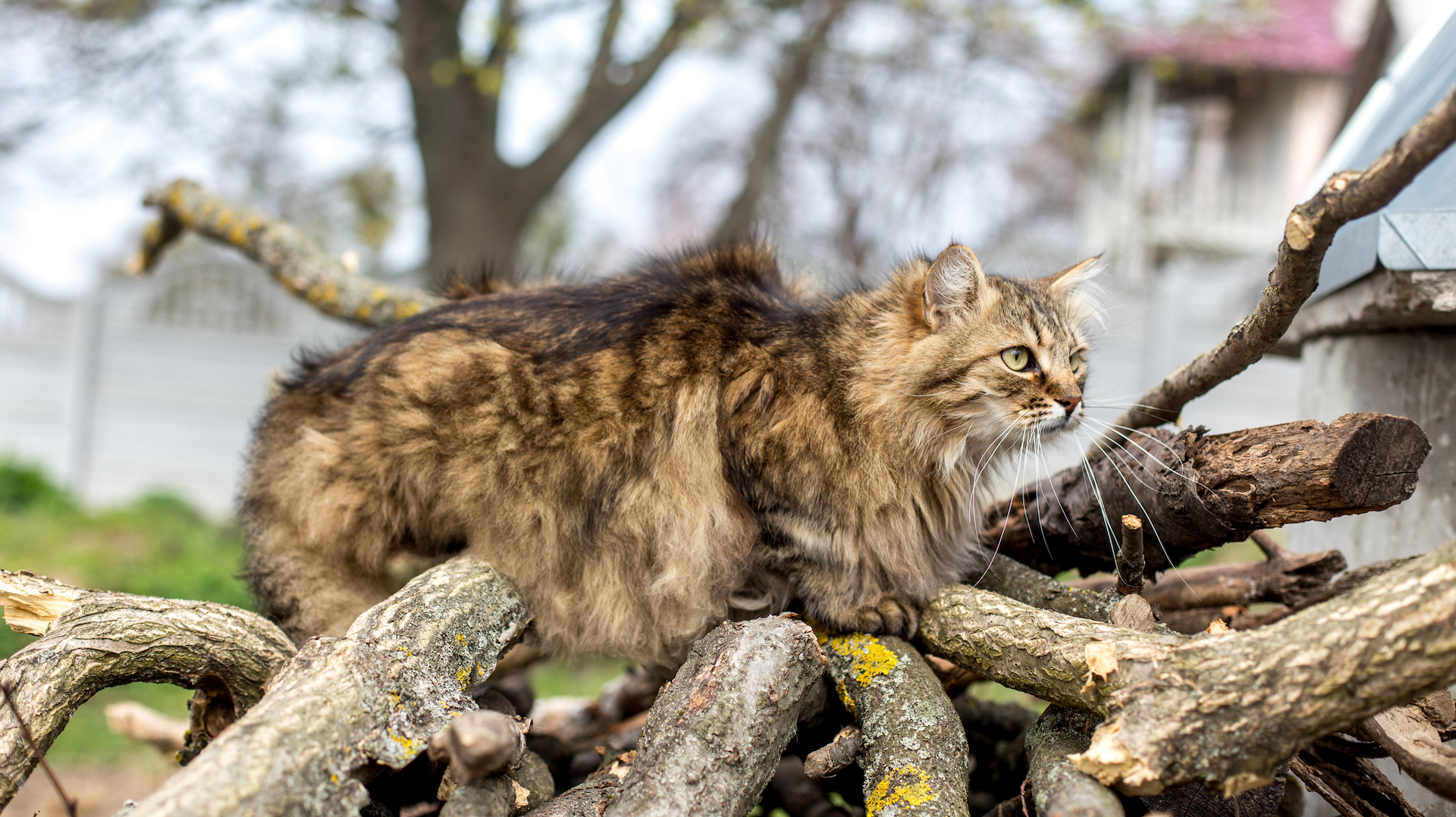
As befits a cat who developed its traits by surviving in inhospitable forests, the Siberian is naturally adventurous, fearless, and loves climbing and hunting – but, happily for us, they form strong bonds with human families and have adapted to thrive as indoor cats.
27. Furry paws
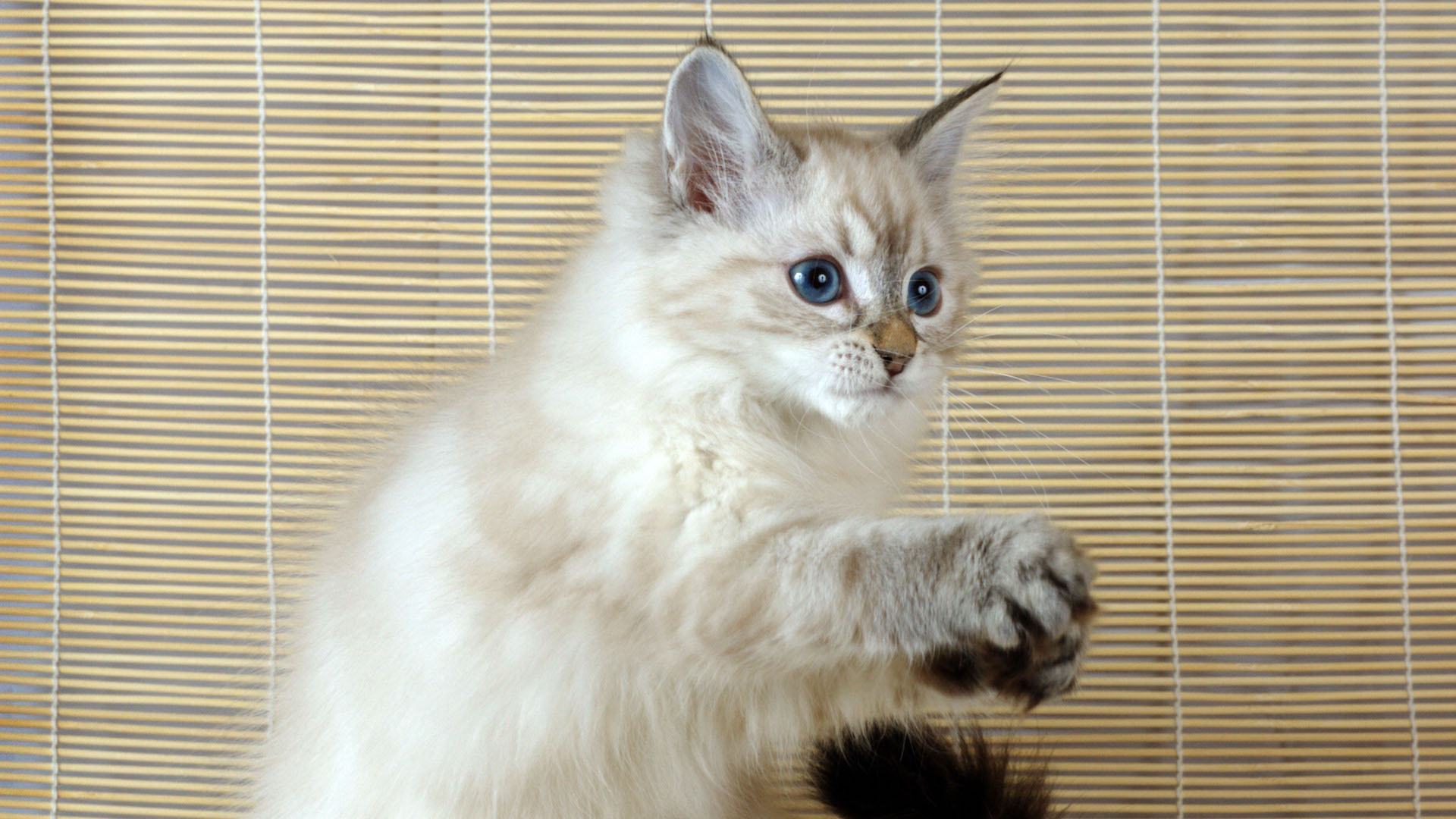
Siberians have big round paws with tufts of fur between their toes. This fur protects their feet from the cold, enabling them to walk around on snow or icy ground. Bear in mind it doesn’t give them much grip on a slippery tiled floor!
28. Best for allergies

Looking at the hirsute Siberian, you might think it’s an allergy-sufferer’s absolute nightmare, especially as they are seasonal shedders. However, most cat allergies are caused by an allergen FeID1 which is found in feline saliva. When cats lick their coats, the dander and fur that is shed release this allergen into the environment, causing allergic reactions.
There is some evidence that Siberians either produce less of this protein, or their saliva contains a slightly different protein, provoking less of an allergic reaction in some people. This puts them in a group of so-called hypoallergenic cat breeds (although no breed is 100% suitable for allergy-sufferers).
29. Special sunshine
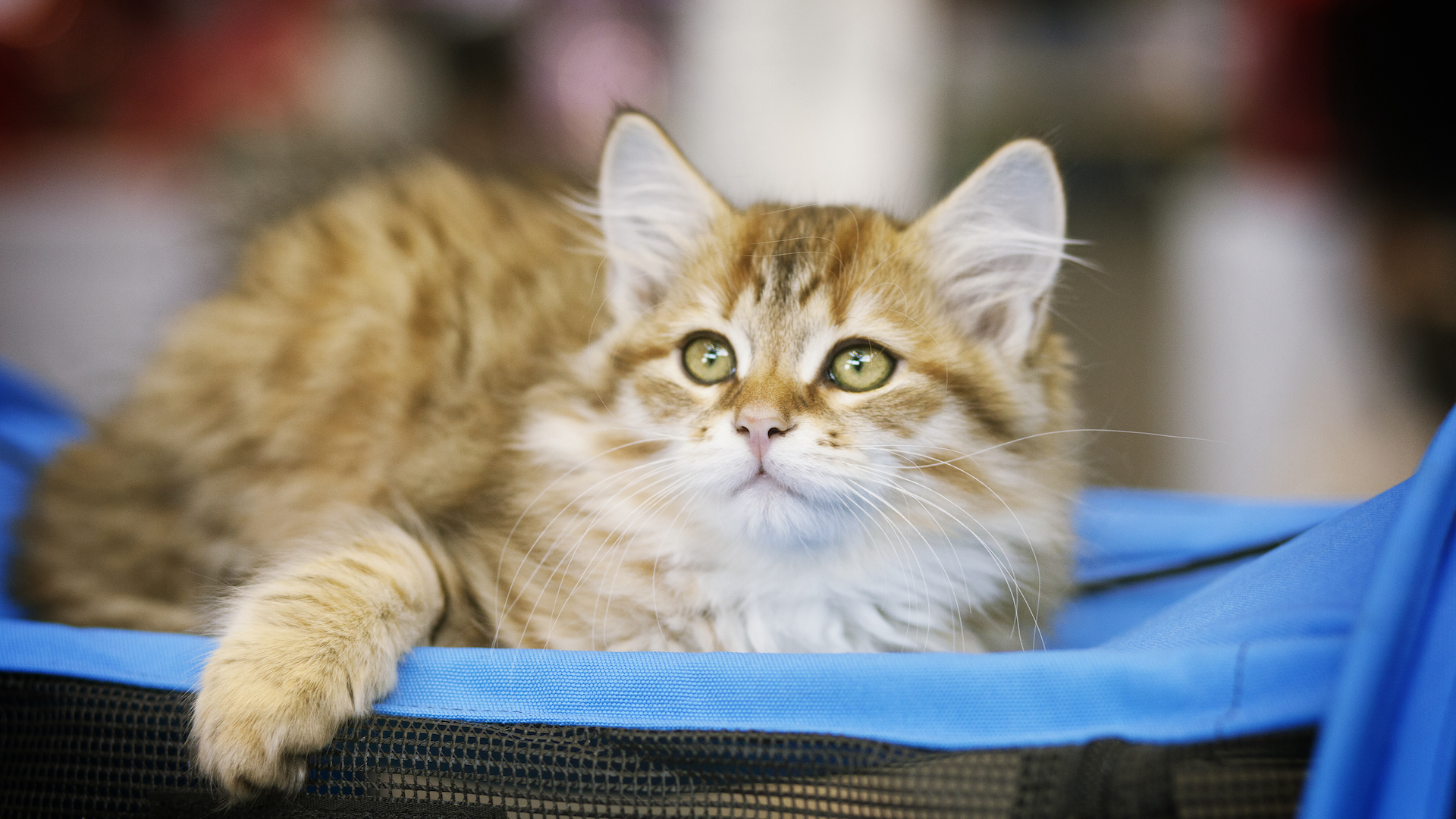
A special unique “golden” gene enables the Siberian to have the “sunshine color” (or if combined with the silver gene it will be bi-metallic). This results in a warm tone of tabby, with the black pigments in the fur replaced by yellow pigments. The roots will be golden, and their muzzle and chest a pale cream. It only applies to tabby cats, so if a solid cat has the golden gene, it won’t show.
30. A “Roman” ancestry
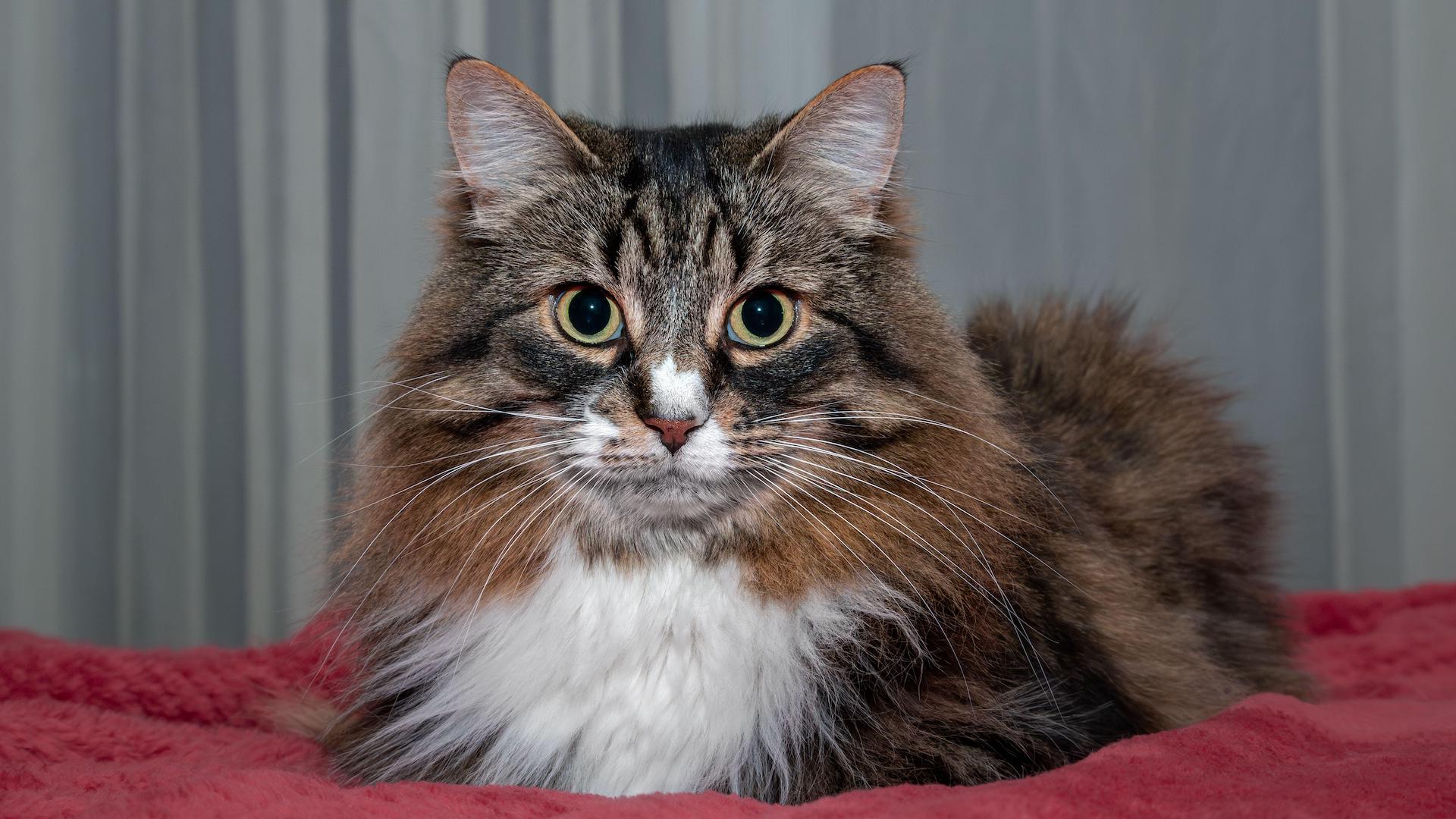
When the Russian breed standard was first developed in 1987, it was based on a stud cat by the name of Roman, a brown tabby with white. He was one of the main foundation cats and appears in many current pedigrees.
31. Barrel bodies
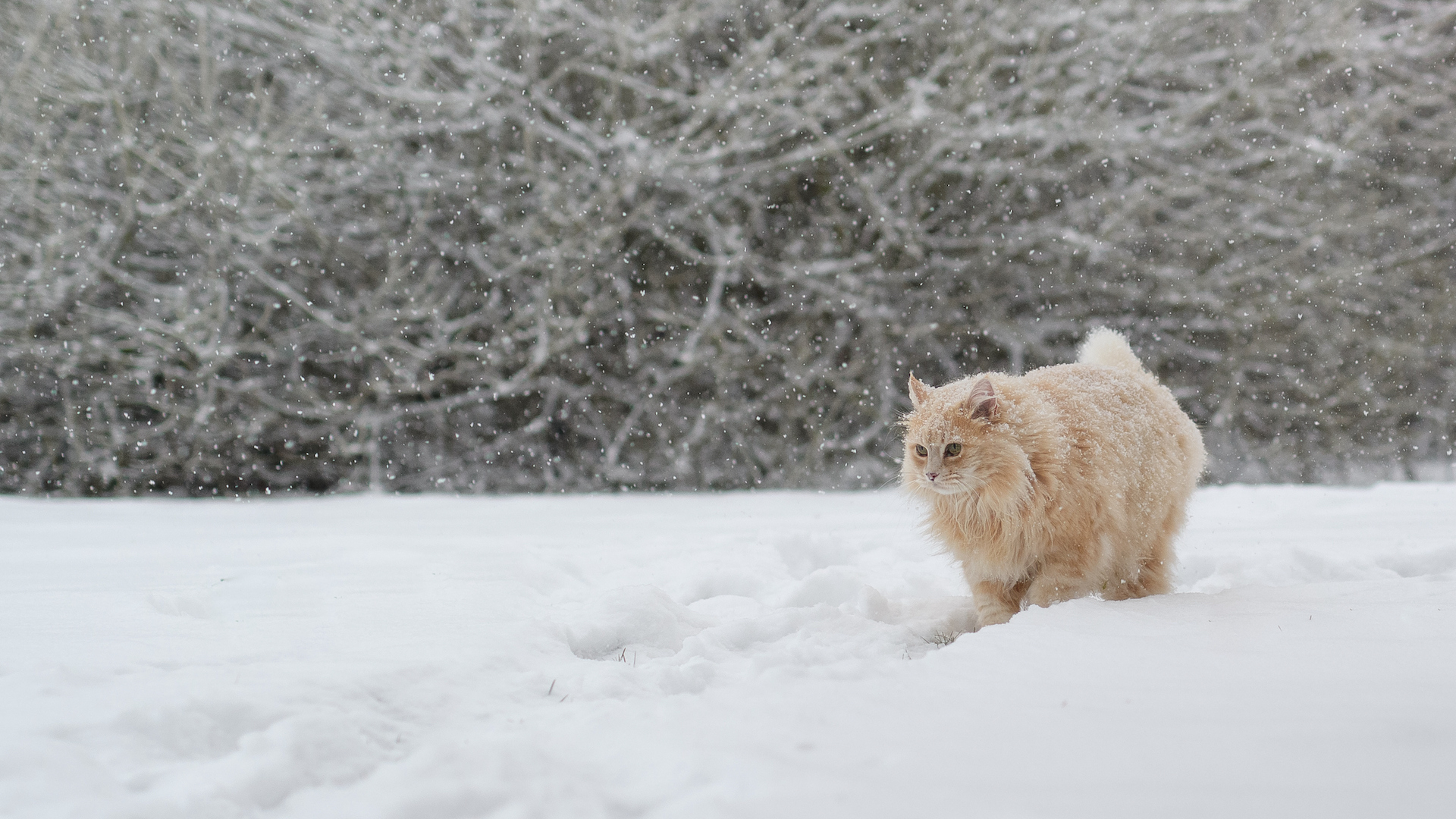
As athletic as the Siberian undoubtedly is, they have a somewhat hefty appearance, with large, barrel-shaped bodies, big bones and a heavy and rounded look. They are stocky and muscular, giving the impression of power and strength.
32. Naturally healthy
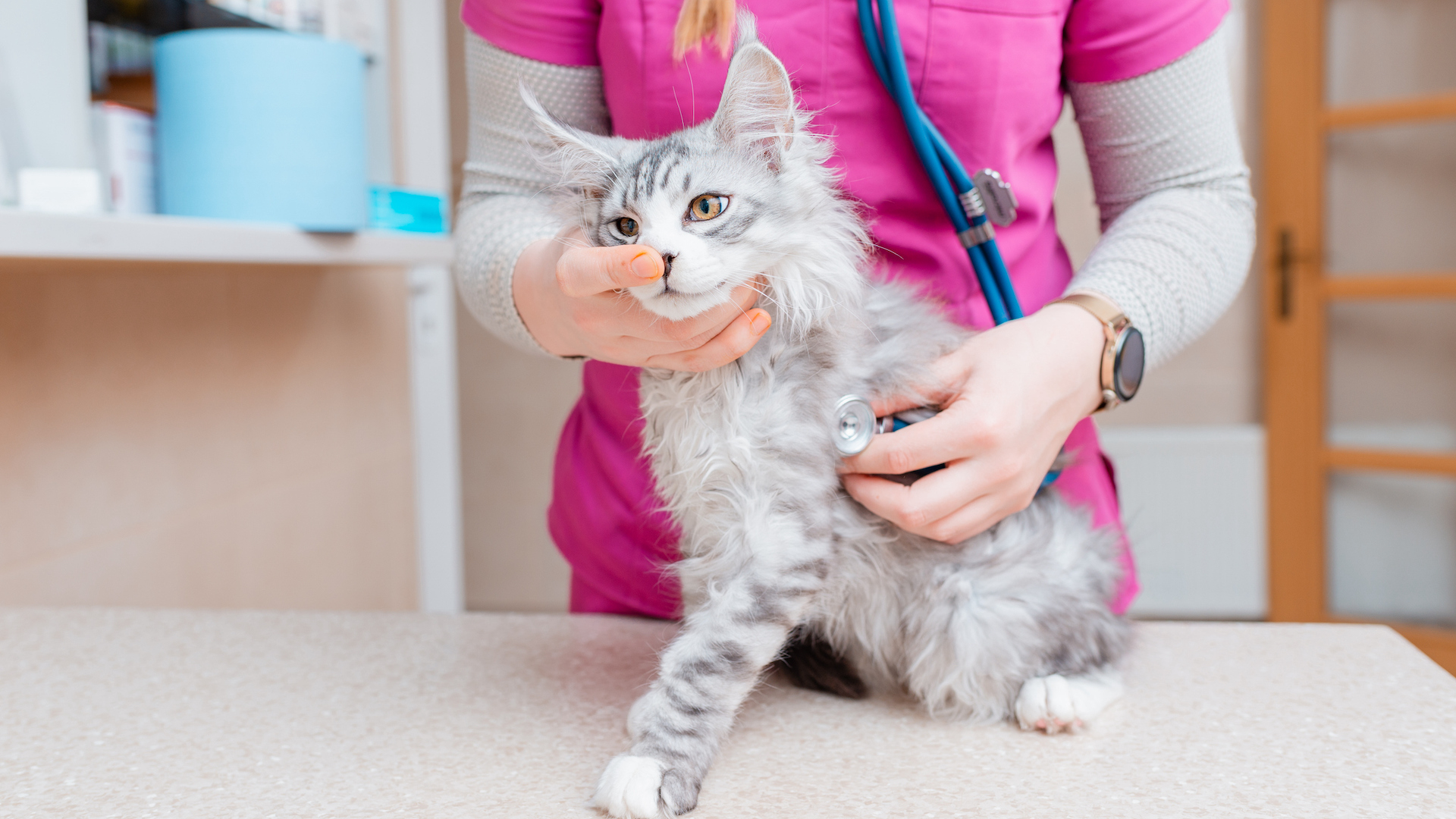
Compared to many pedigree breeds, the Siberian is naturally very healthy and has very few hereditary diseases. This may be due to their origins in the harsh Russian forests where only the fittest and most resilient could survive.
Martha is an experienced journalist working in both print and digital media. She specializes in the canine, equine and rural sphere where she has covered a wide range of topics from cloning animals and the ingredients for a perfect yard dog, to helping owners find the best canine GPS trackers on the market. When she’s not busy writing about dogs and horses, she’ll be found either aboard a horse or looking after the menagerie of pets in her care.
